“Los griegos de la época homérica consideraban que el kleos, la fama, estaba compuesta de canciones. Las vibraciones del aire contenían la medida y el recuerdo de la vida de una persona” *
Para desvelar la diversidad e hibridación que se esconden tras lo cercano y cotidiano, nos hemos propuesto escuchar a las especies vegetales de los jardines y calles de Sevilla. Kleos es una obra sonora ubicua realizada a partir de la remezcla de músicas tradicionales asociadas a los territorios de procedencia de las plantas existentes en la ciudad. En función de tu posición en la ciudad y las plantas más cercanas que tengas, la aplicación web desarrollada ajusta los volúmenes de las piezas de un collage musical abierto, fruto de tu movimiento. El collage gráfico asociado **, juega con la forma del reloj floral que ideó el botánico Carl Nilsson Linnæus, el padre de la taxonomía moderna. Pero el tiempo de este reloj es musical, es el tempo de las músicas tradicionales que resuenan en cada dirección desde Sevilla hacia los mares. Como una brújula, apunta a las especies vegetales que nos rodean en Sevilla y a la diversidad que nos da forma.
(*) “Las canciones de los árboles. Un viaje por las conexiones de la naturaleza” David George Haskell
(**) Collage: Rubén Alonso (Antropoloops) {Con la ayuda de Nomad Garden}
Antropoloops (Rubén Alonso) + David Solís (Datrik) + Nomad Garden
__________________
SOUND CARTOGRAPHY
“For the Homeric Greeks, kleos, fame, was made of songs. Vibrations in air contained the measure and memory of a person’s life.” *
To unveil the diversity and hybridization behind everyday life, we have decided to listen to the plant species of the gardens and streets of Seville.
Kleos is an ubiquitous soundscape made from the remix of traditional music associated with the native territories of existing plants in the city. Depending on your position throughout the city and the plants that are closest to you, the web application adjusts the volume of the pieces of an open musical collage, which is the result of your movement.
The related visual collage** plays with the shape of the flower clock designed by the botanist Carl Nilsson Linnæus, the father of modern taxonomy. But the time of this clock is musical, it is the tempo of traditional music that resonates in every direction from Seville to the seas. Like a compass, it points to the plant species that surround us in Seville and the diversity that shapes us.
(*) “The songs of trees: stories from nature’s great connectors” David George Haskell
(**)Collage: Rubén Alonso (Antropoloops) {supported by Nomad Garden}
1. Morning wind
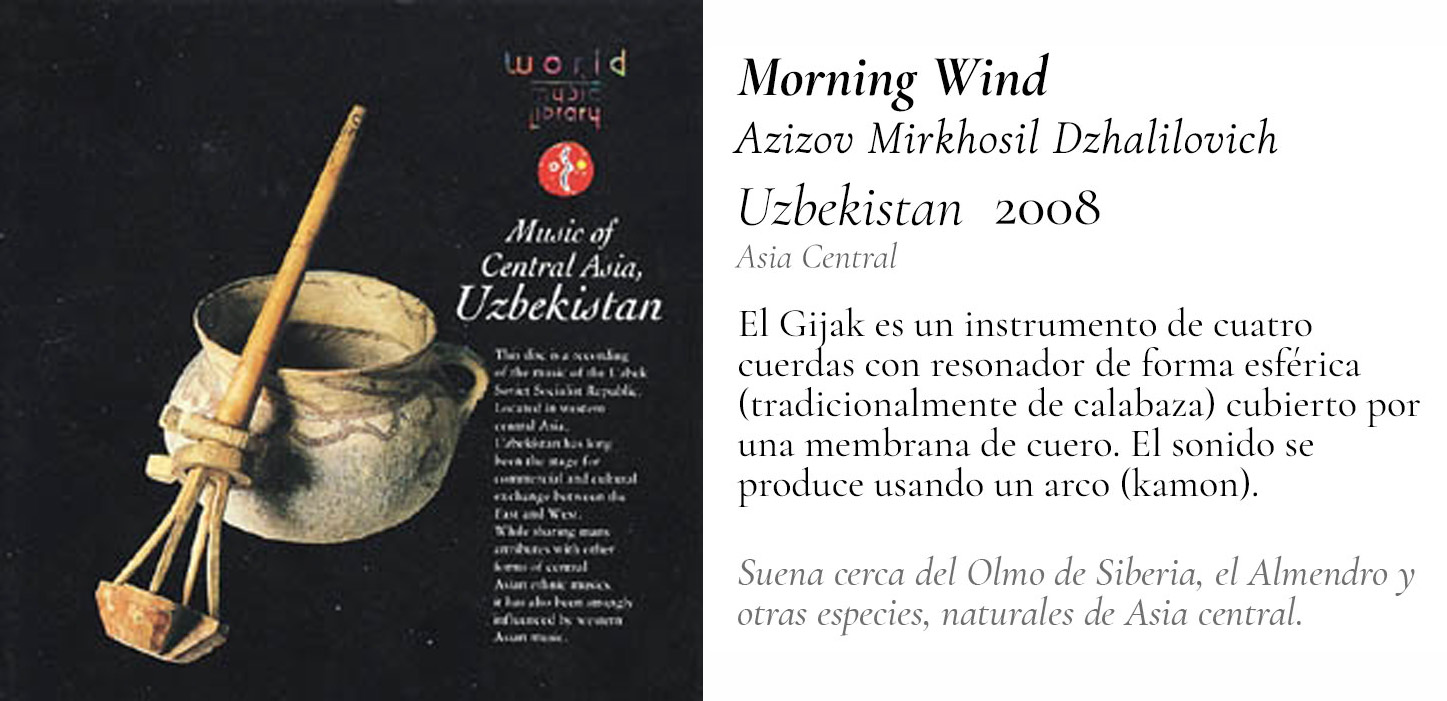
-txt.h.jpg)
3. "Hijaz"
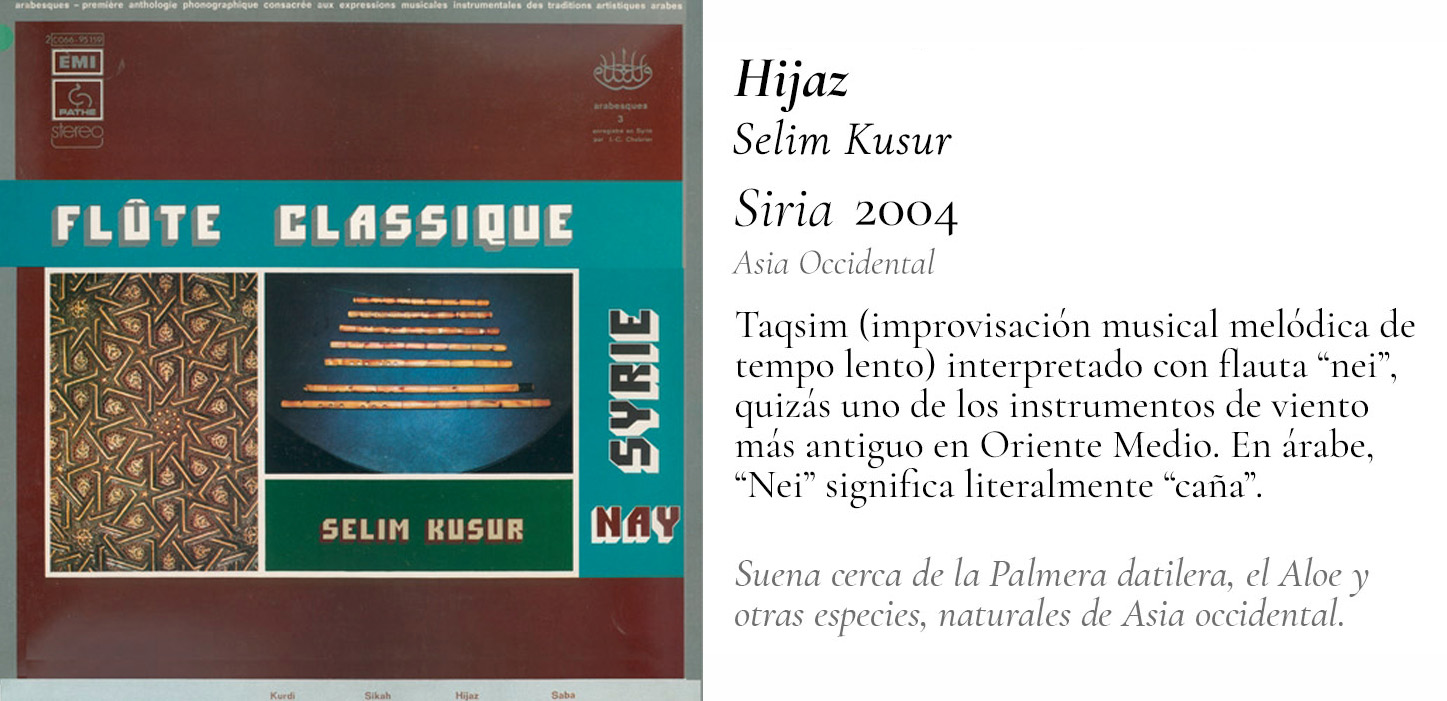
4. Feeynema Tuvellu - Fesemme Vechullah
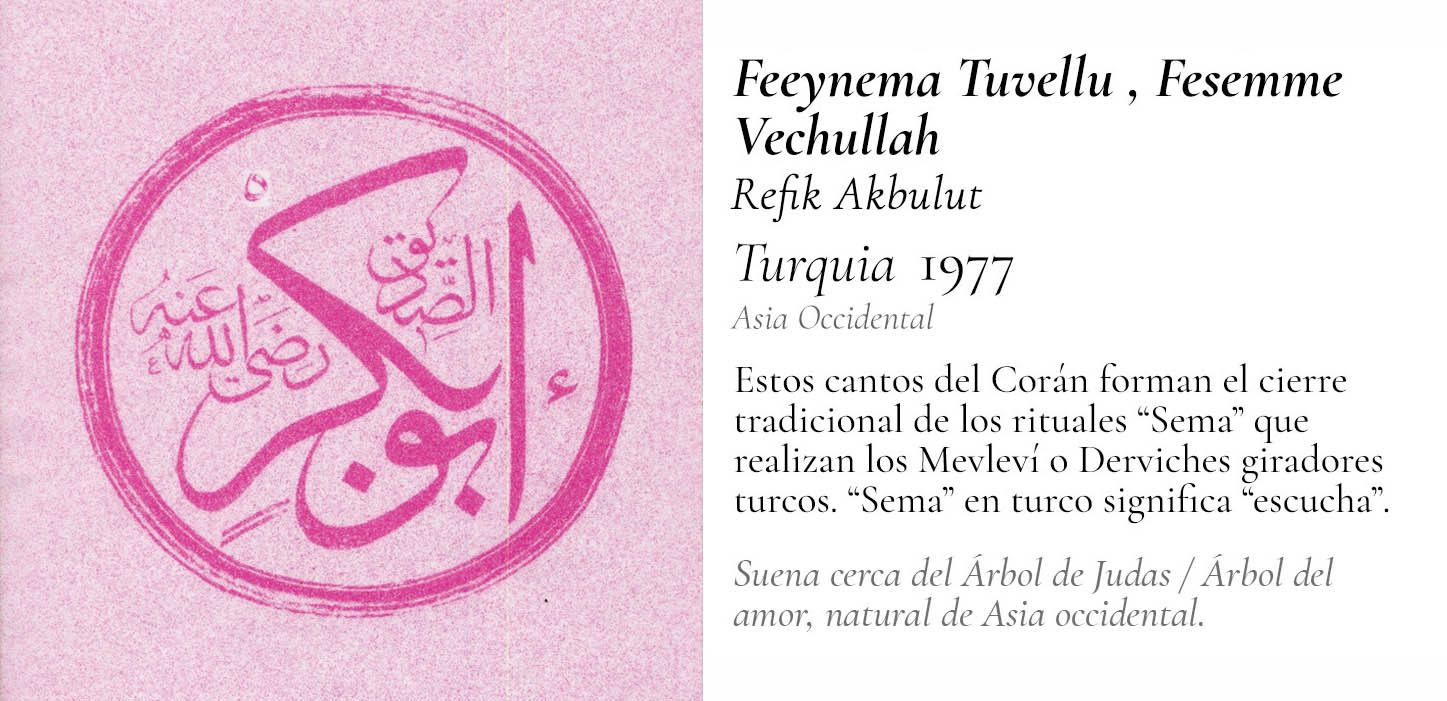
5. High Mountain and Running Water
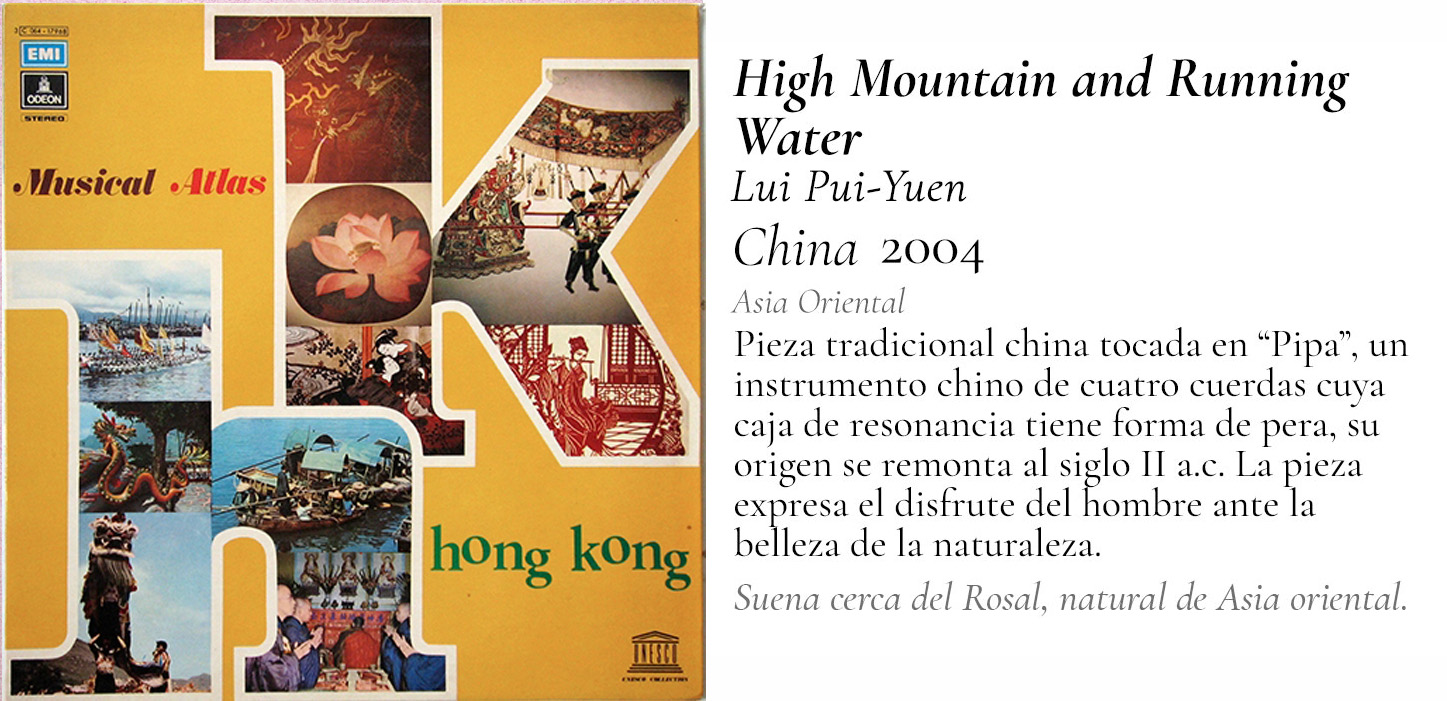
6. Zhao jun yuan (Zhao jun's lament)
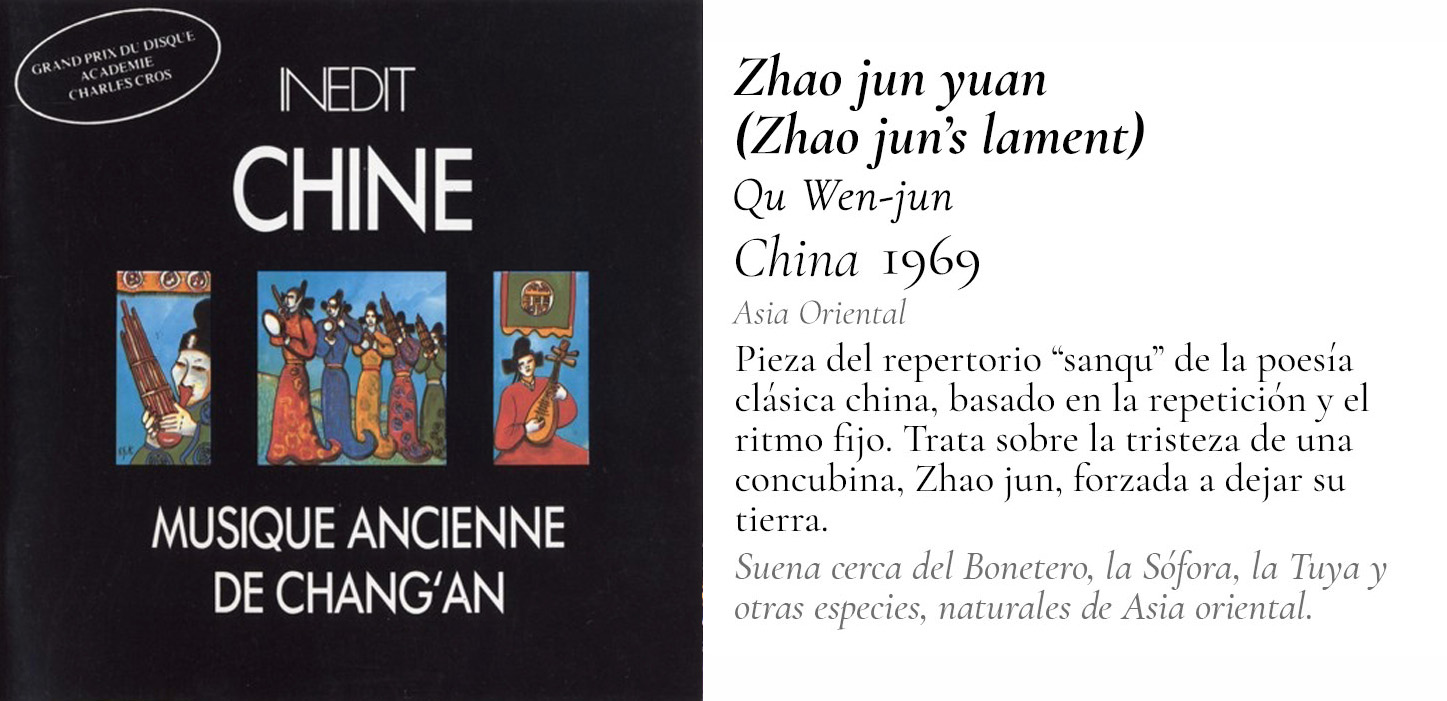
7. Zoonong 1
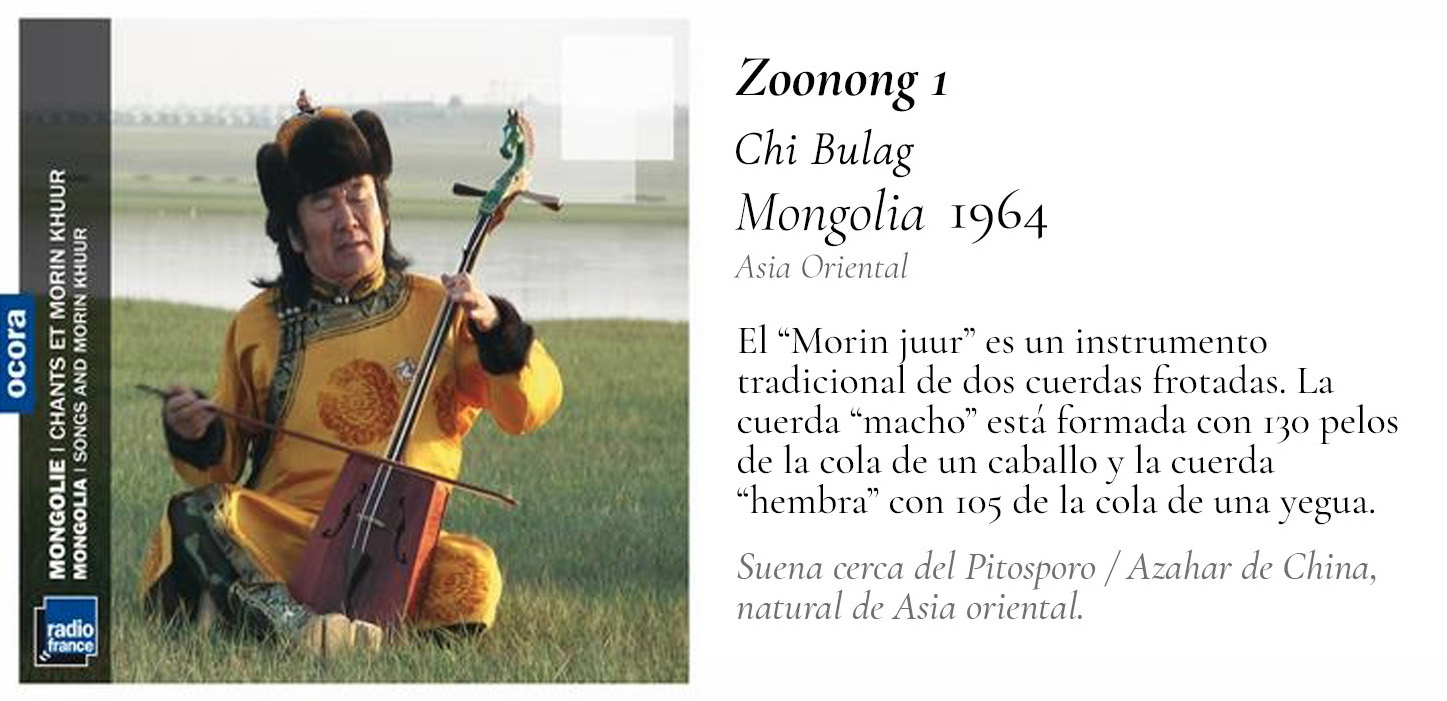
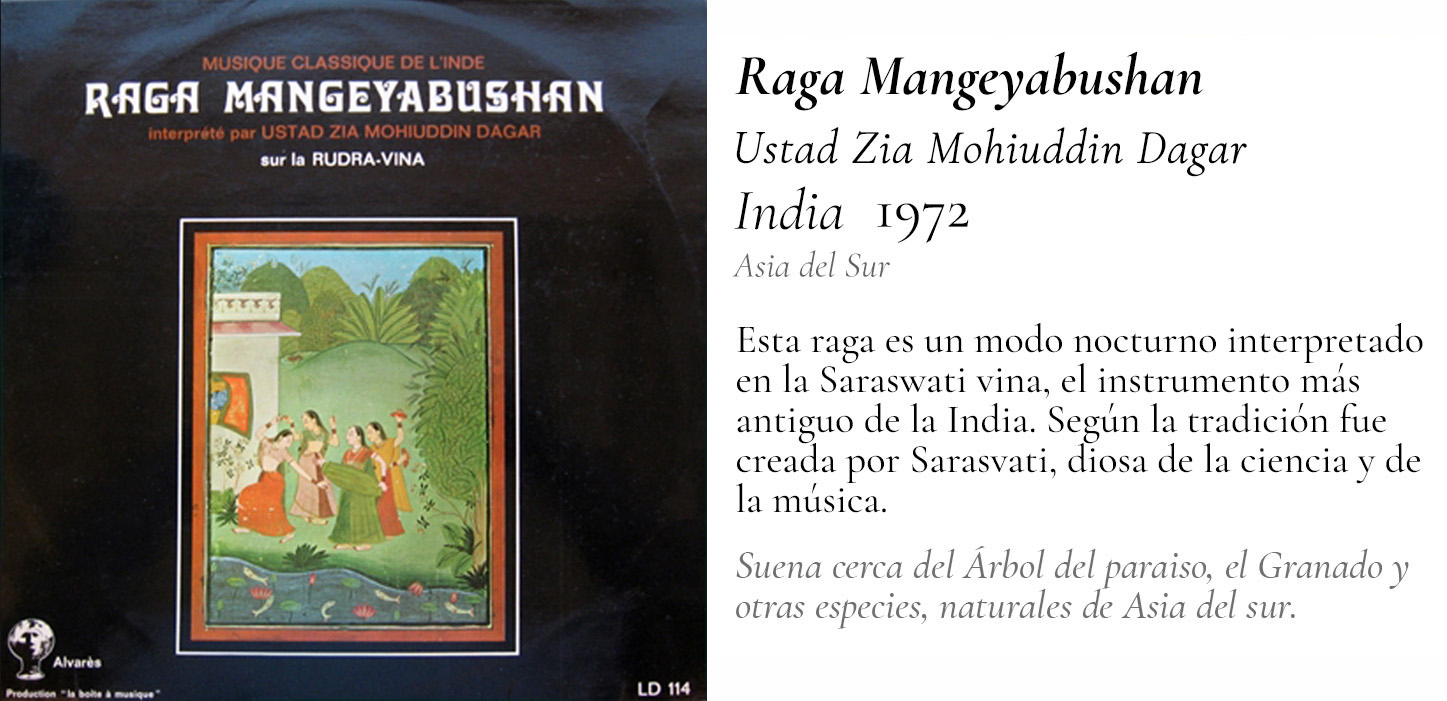
9. Air de flute
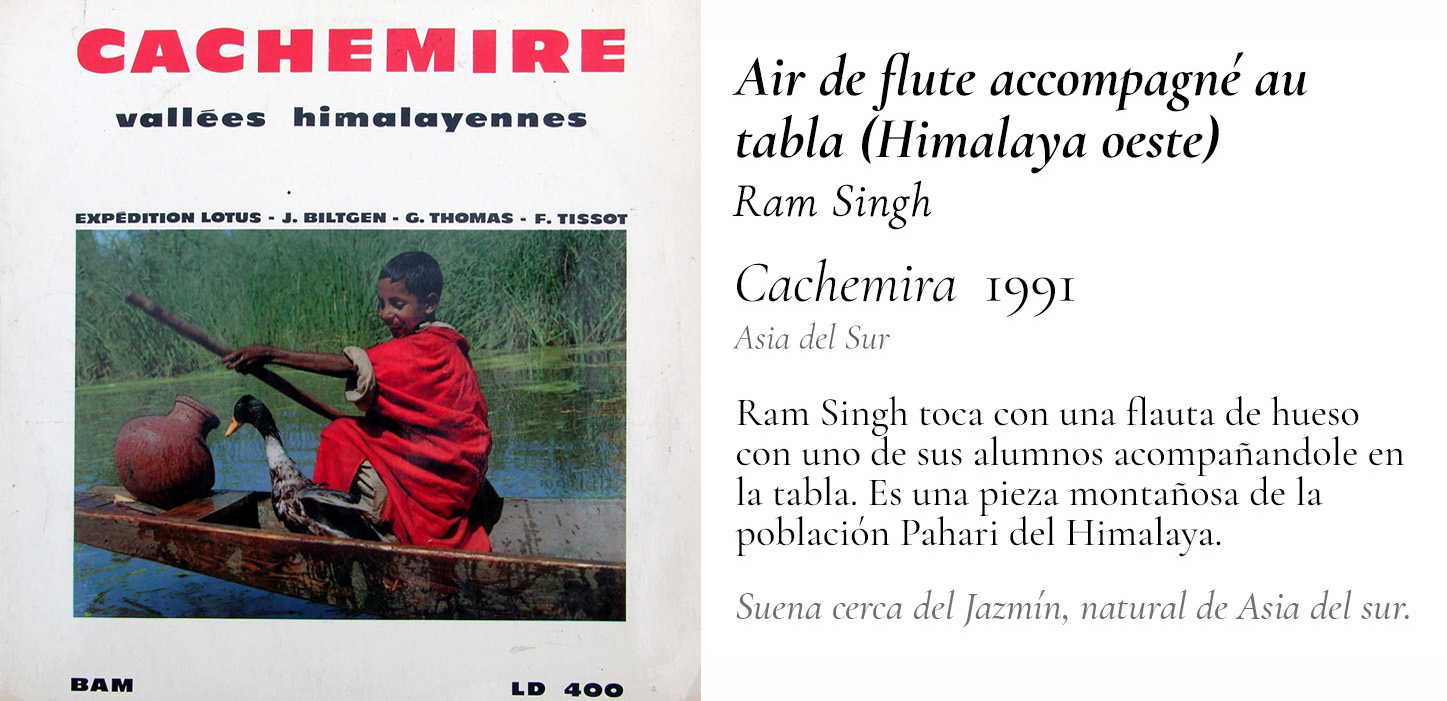
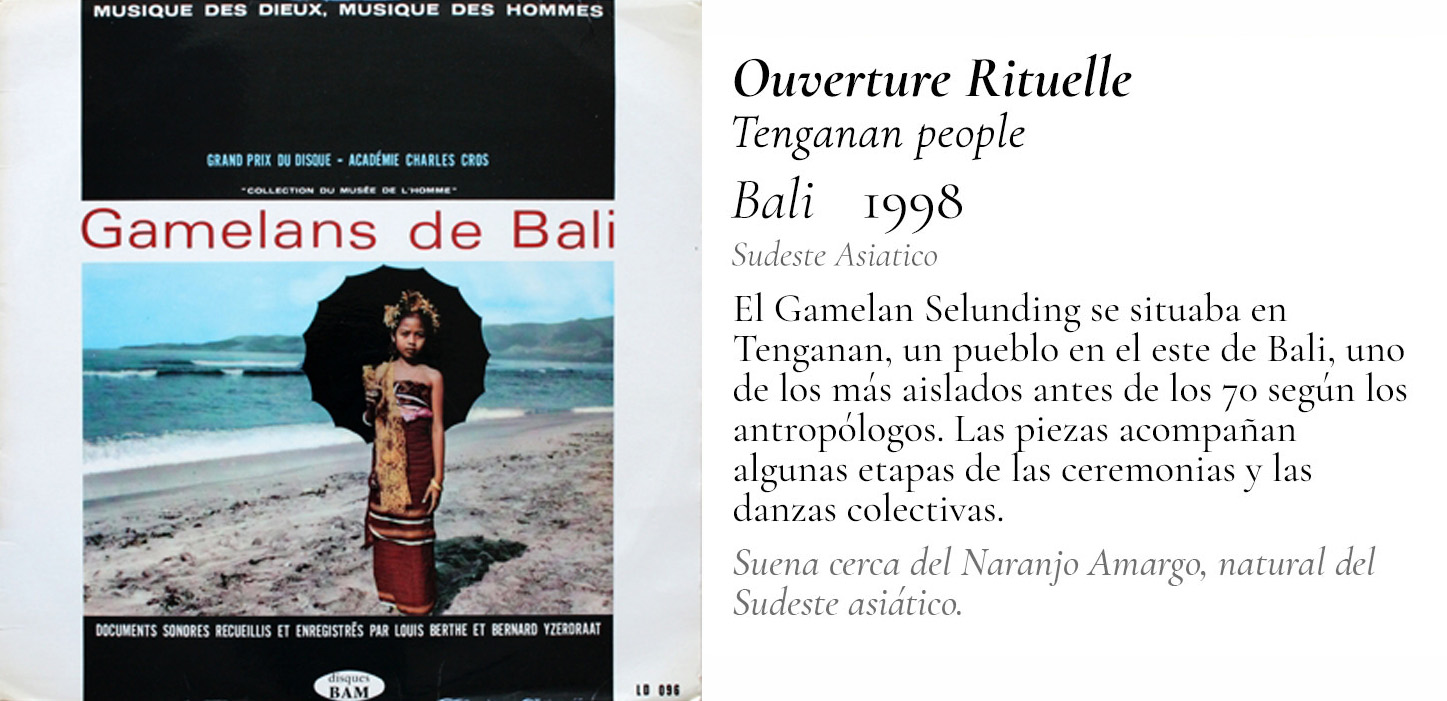
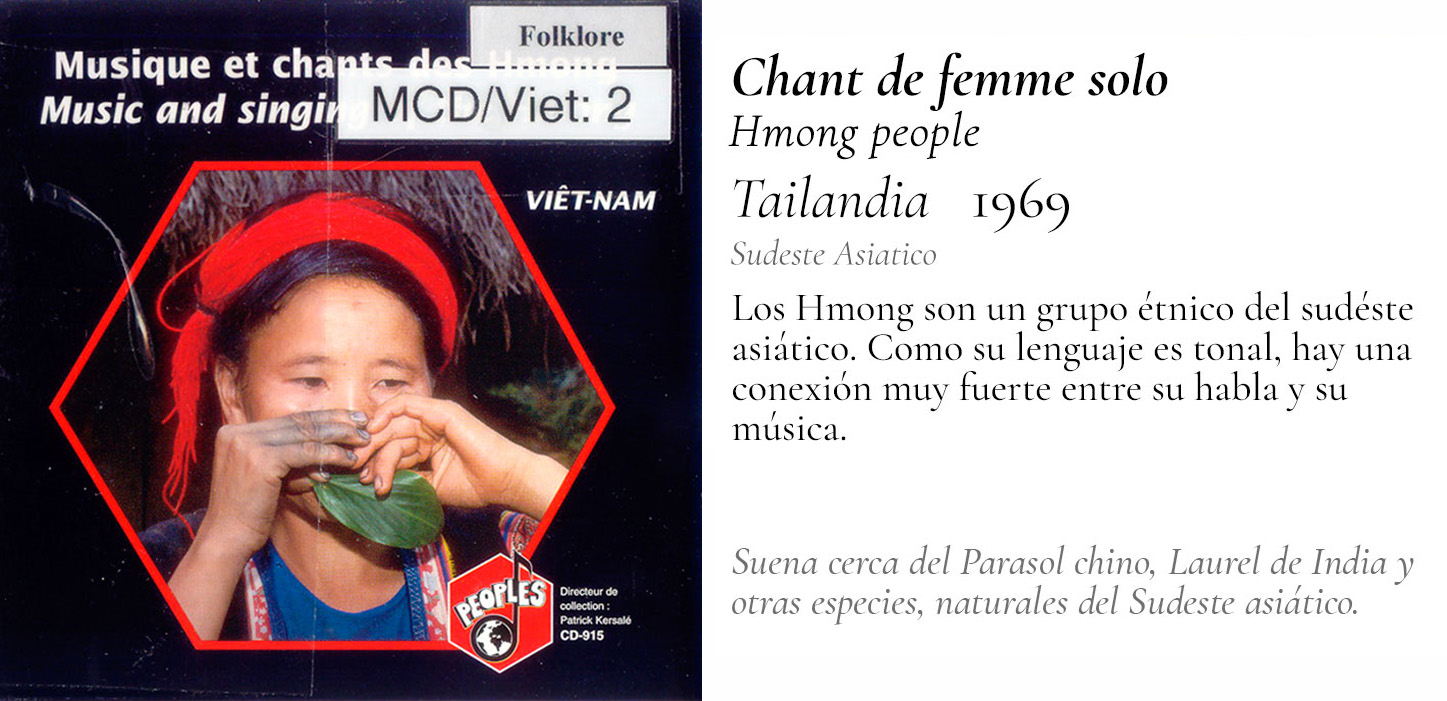
12. Solo de viele koni et de cithare sur calebasse ddong
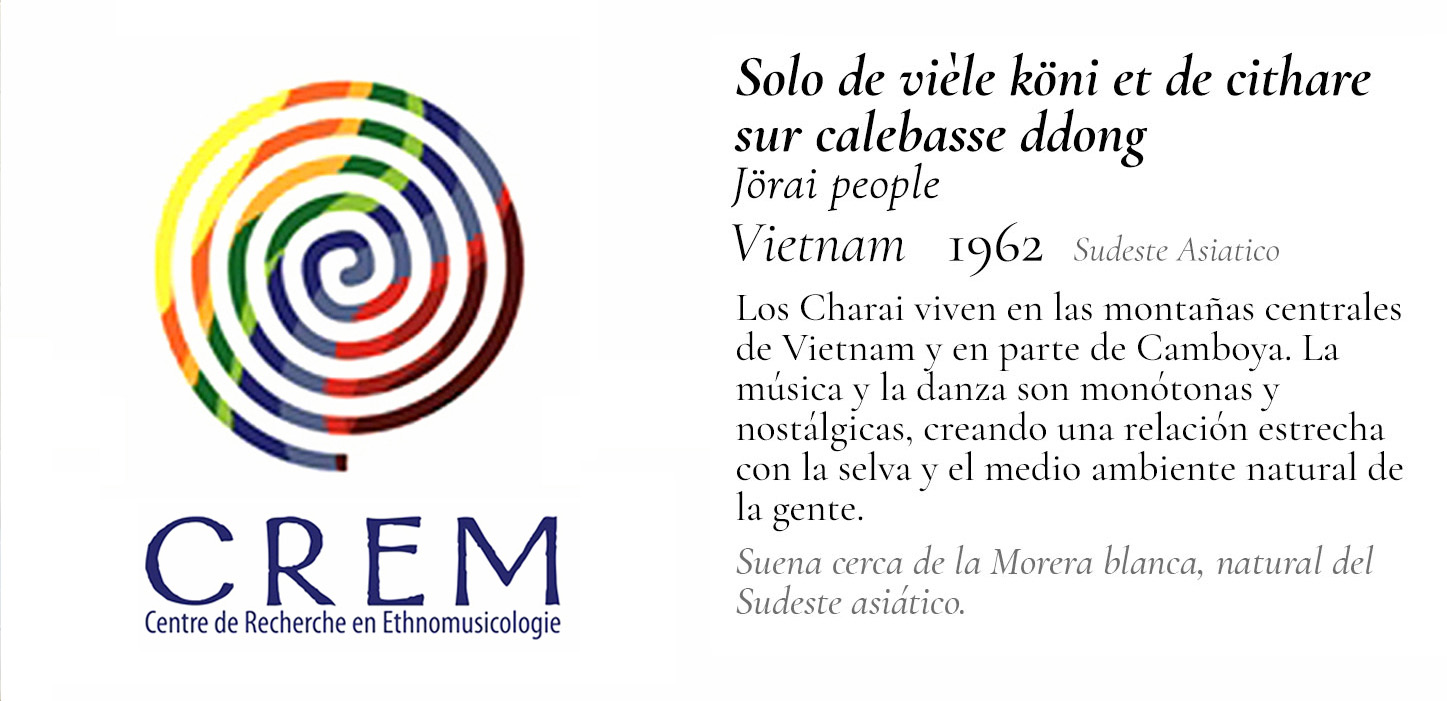
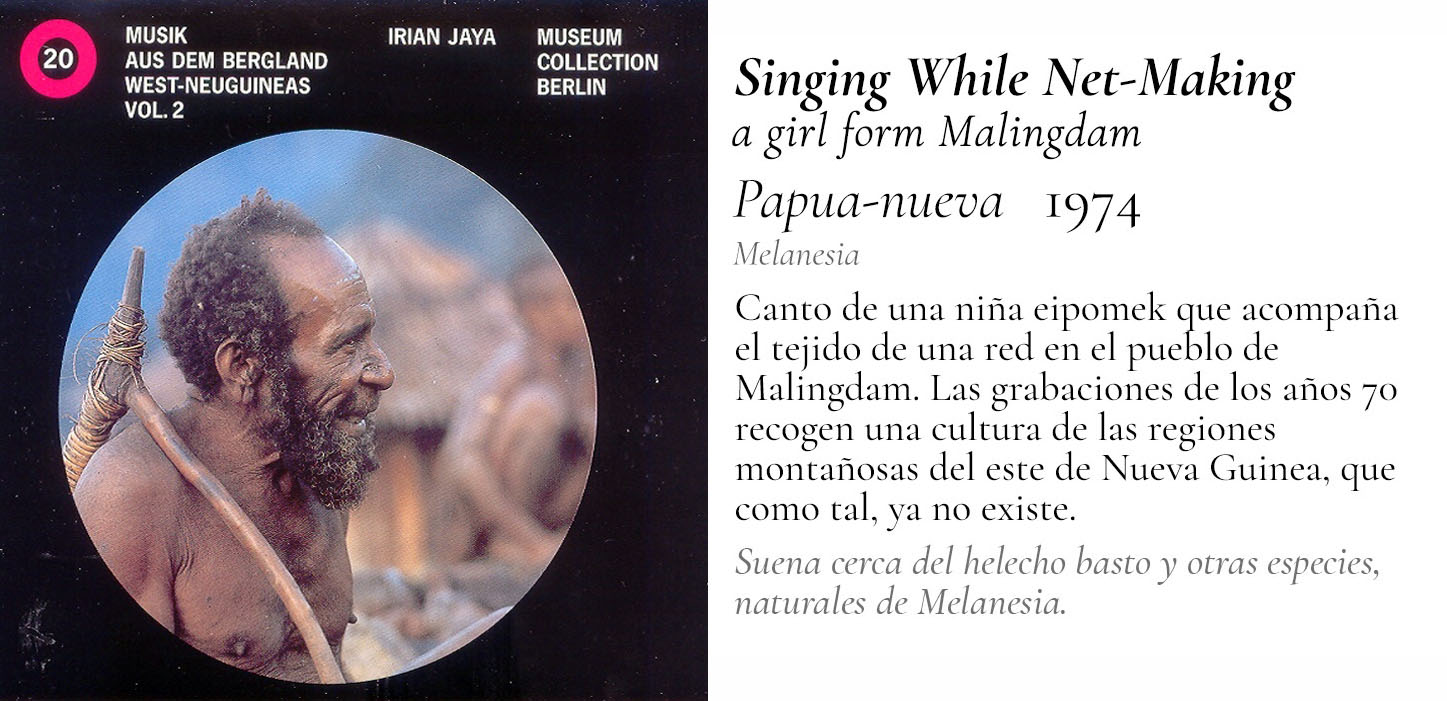
14. A love song in praise Mwoalushoirang from Feshaiulap
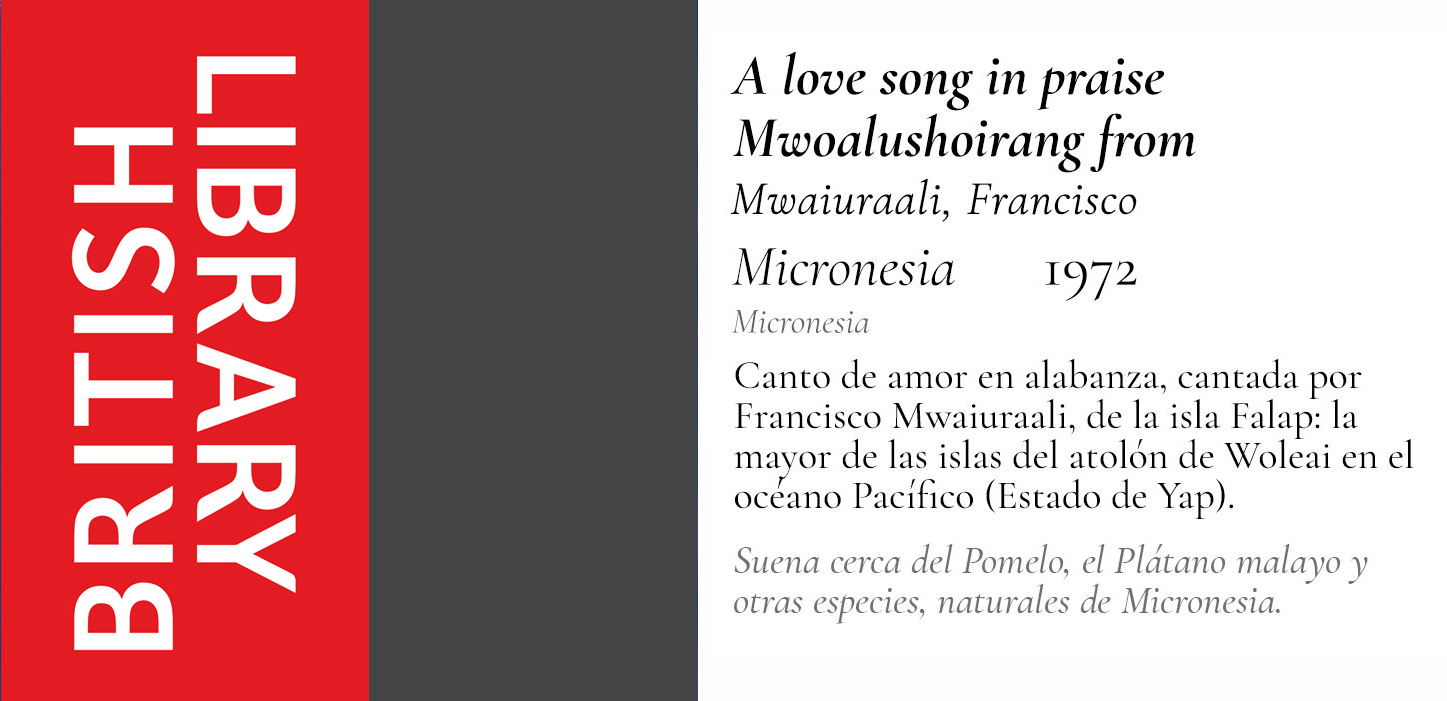
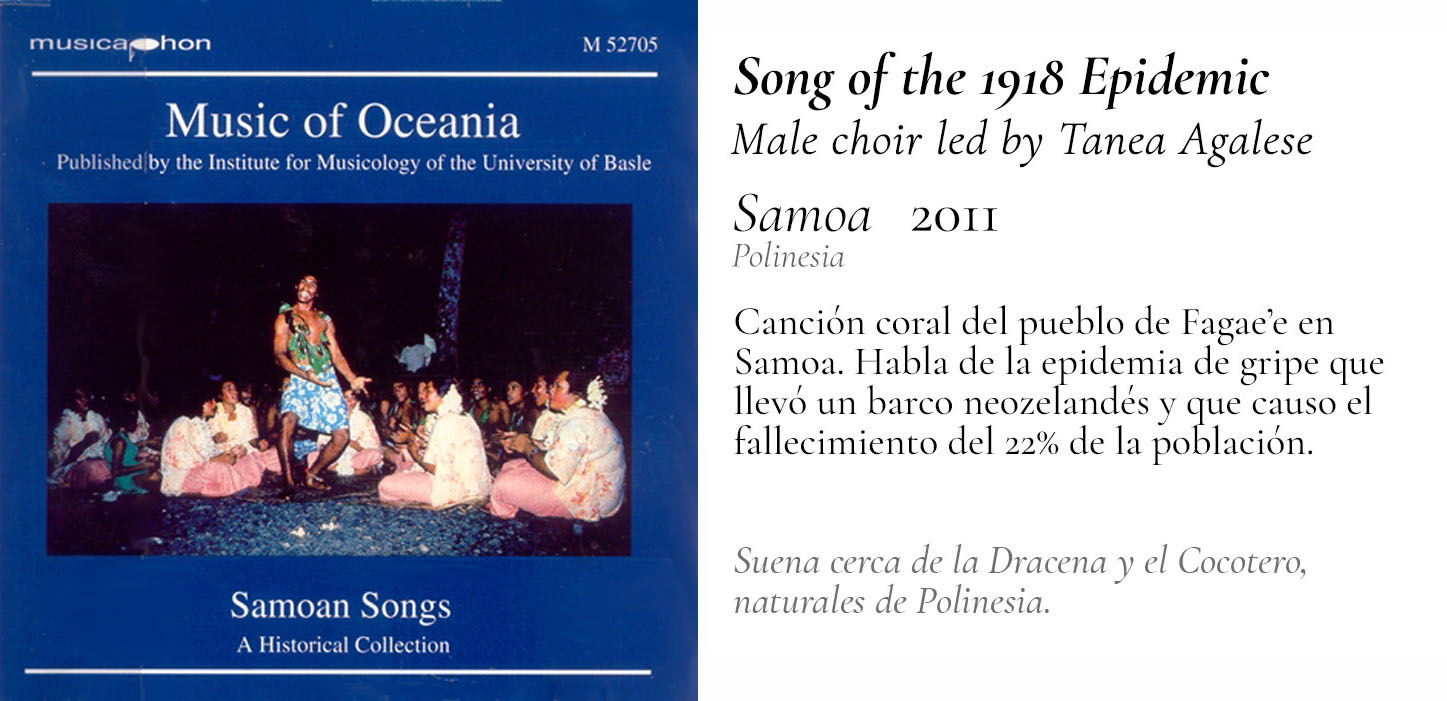
16. Galwangara And Womens DJarada
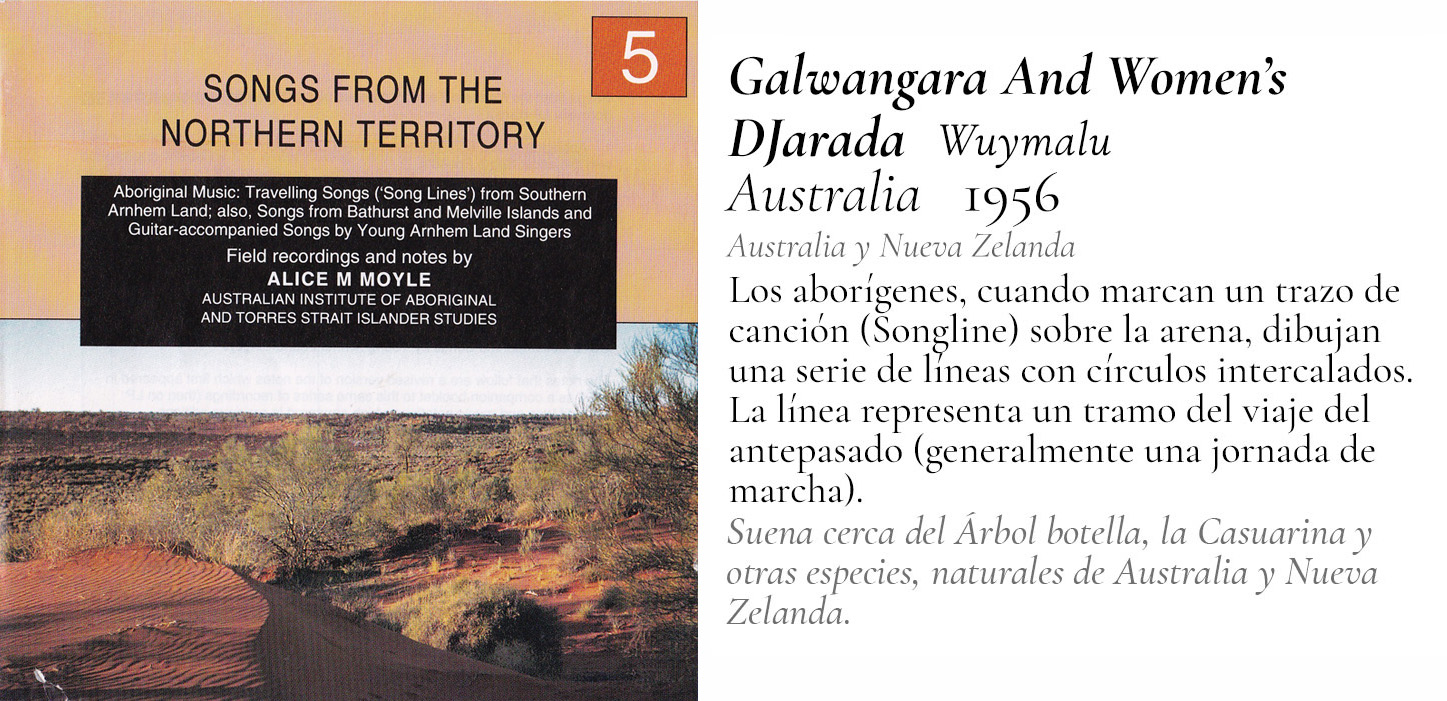
17. Chironbo woye ndieterera (Spirit of music, follow me)
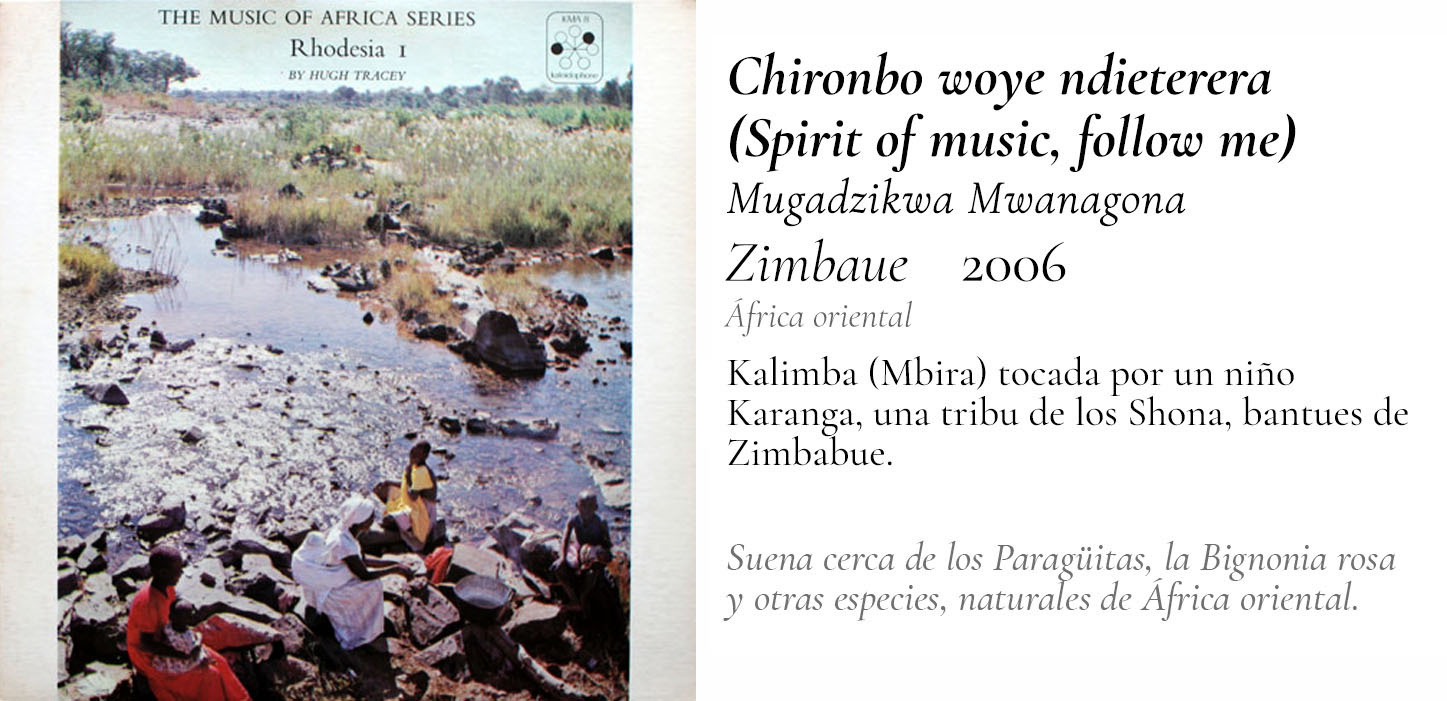
18. Voiced Song
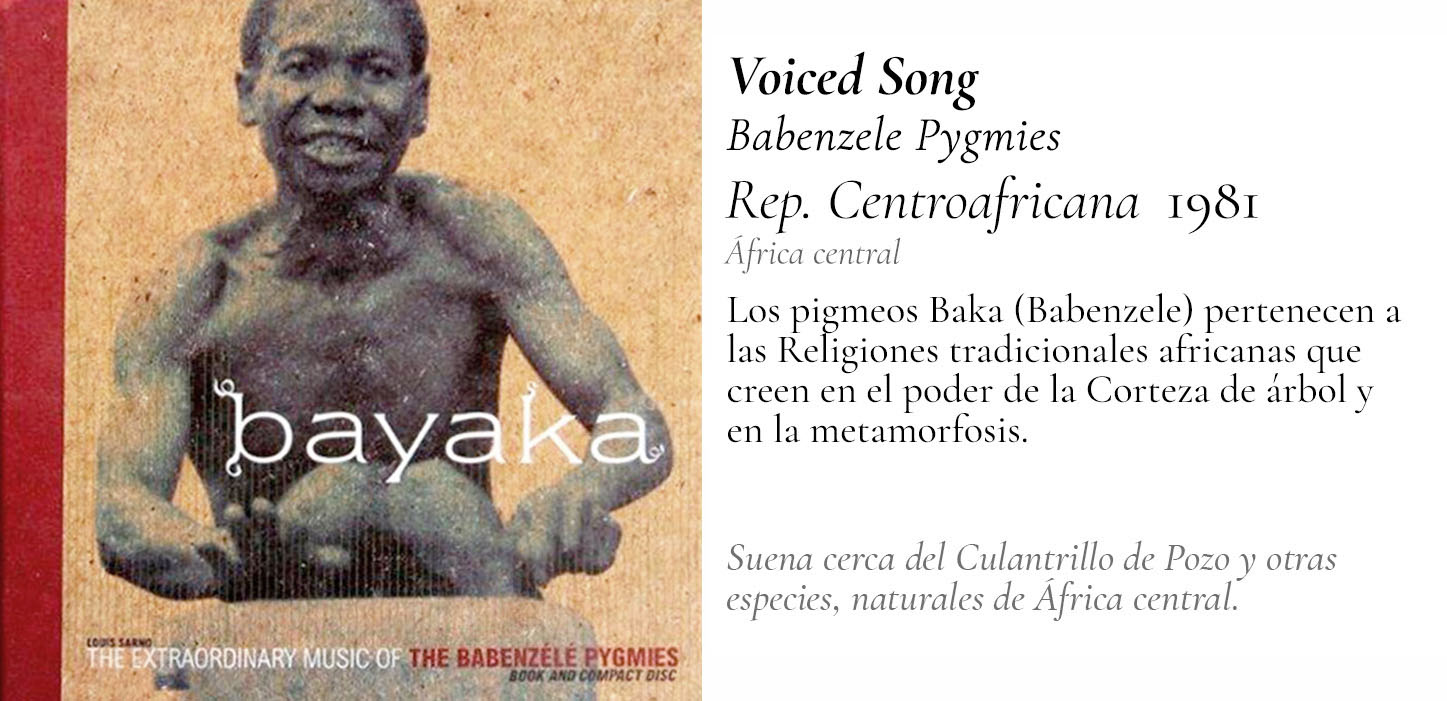
19. Bu-ganga
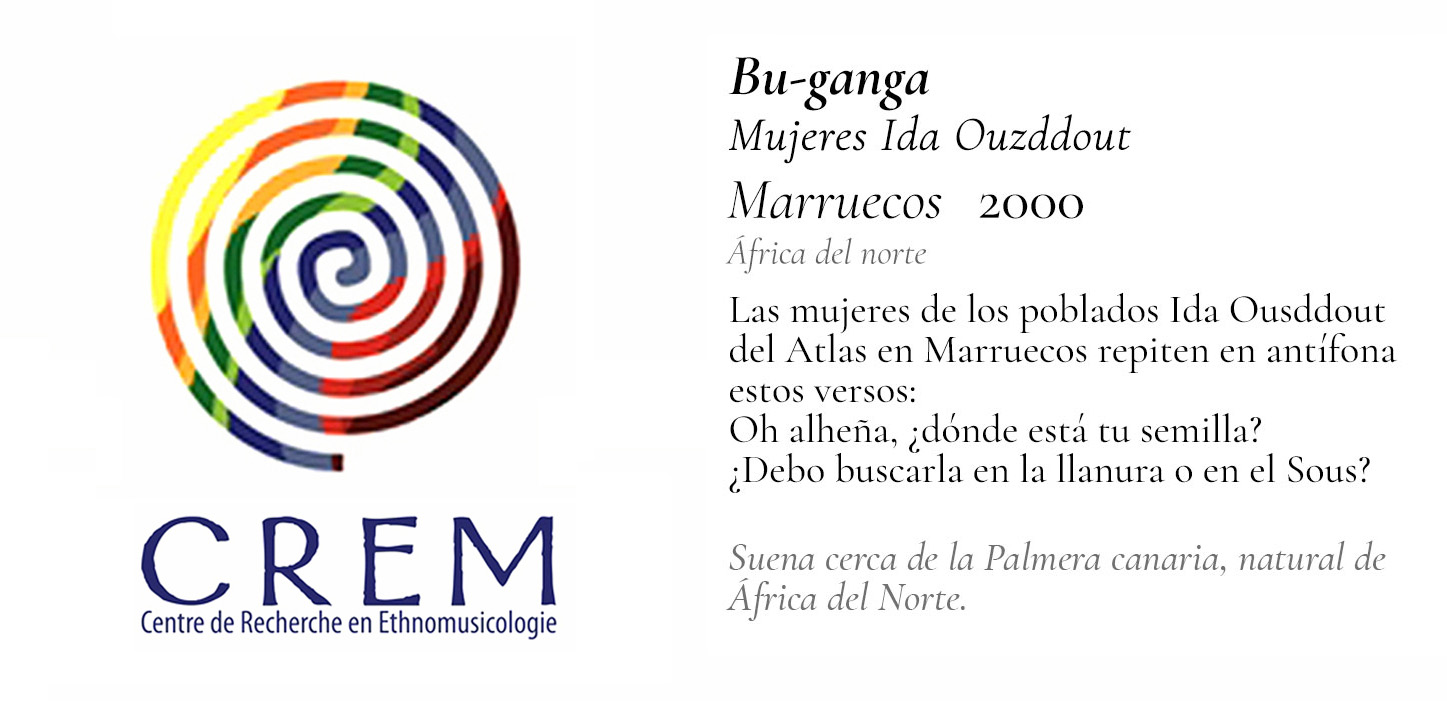
20. Ya nas ana mutt
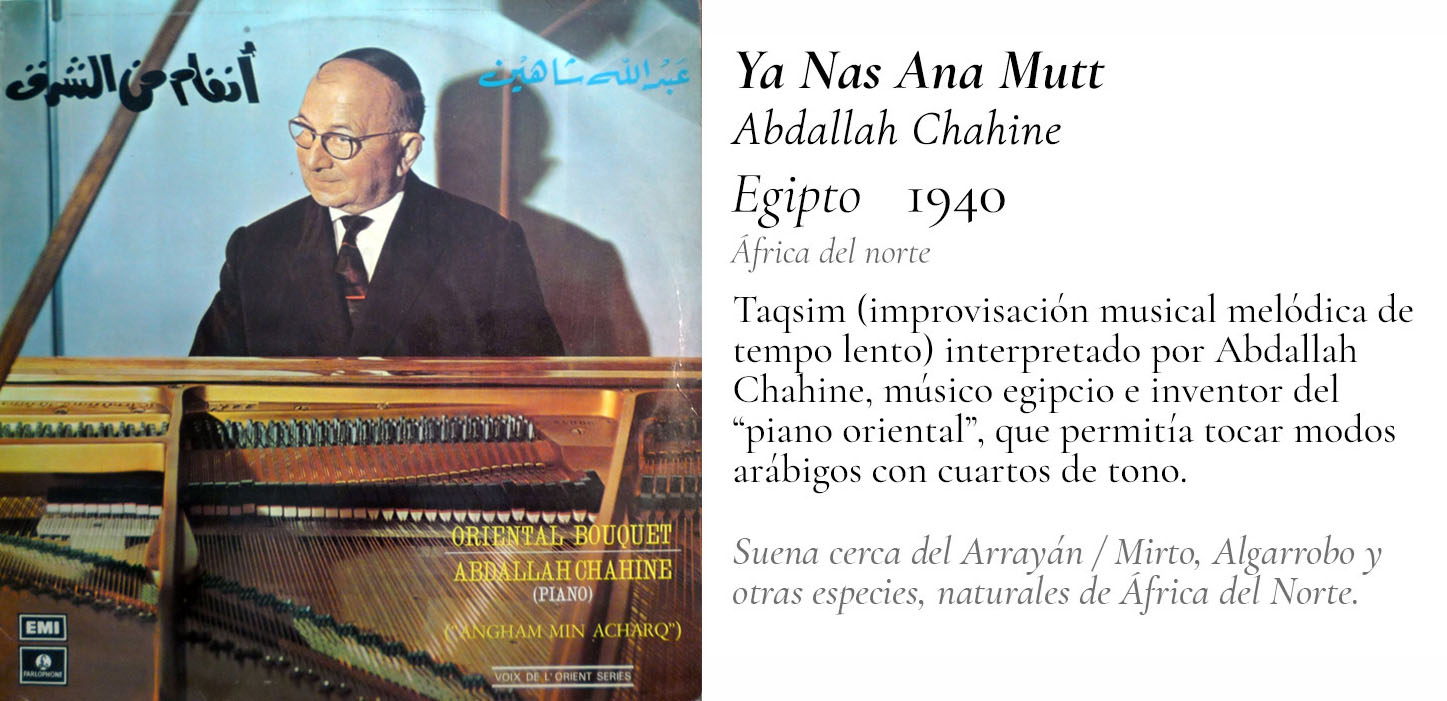
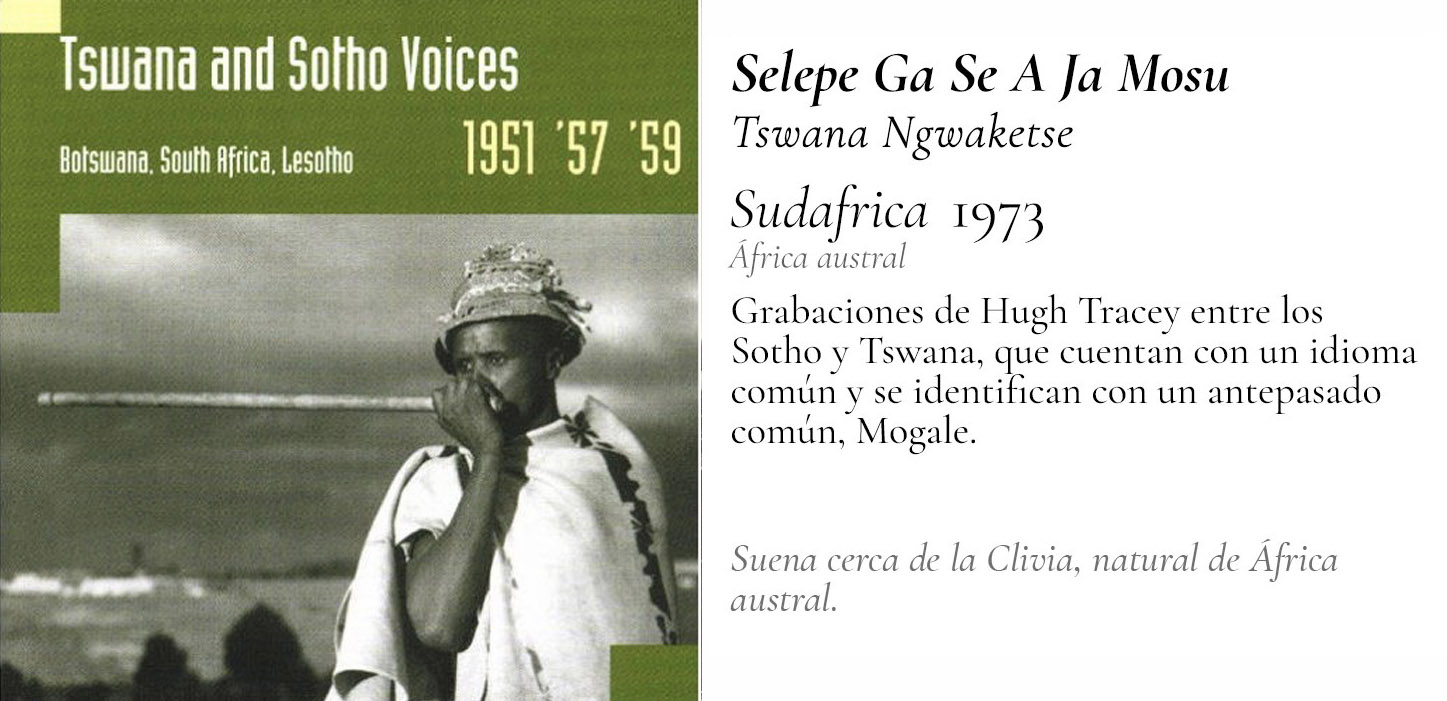
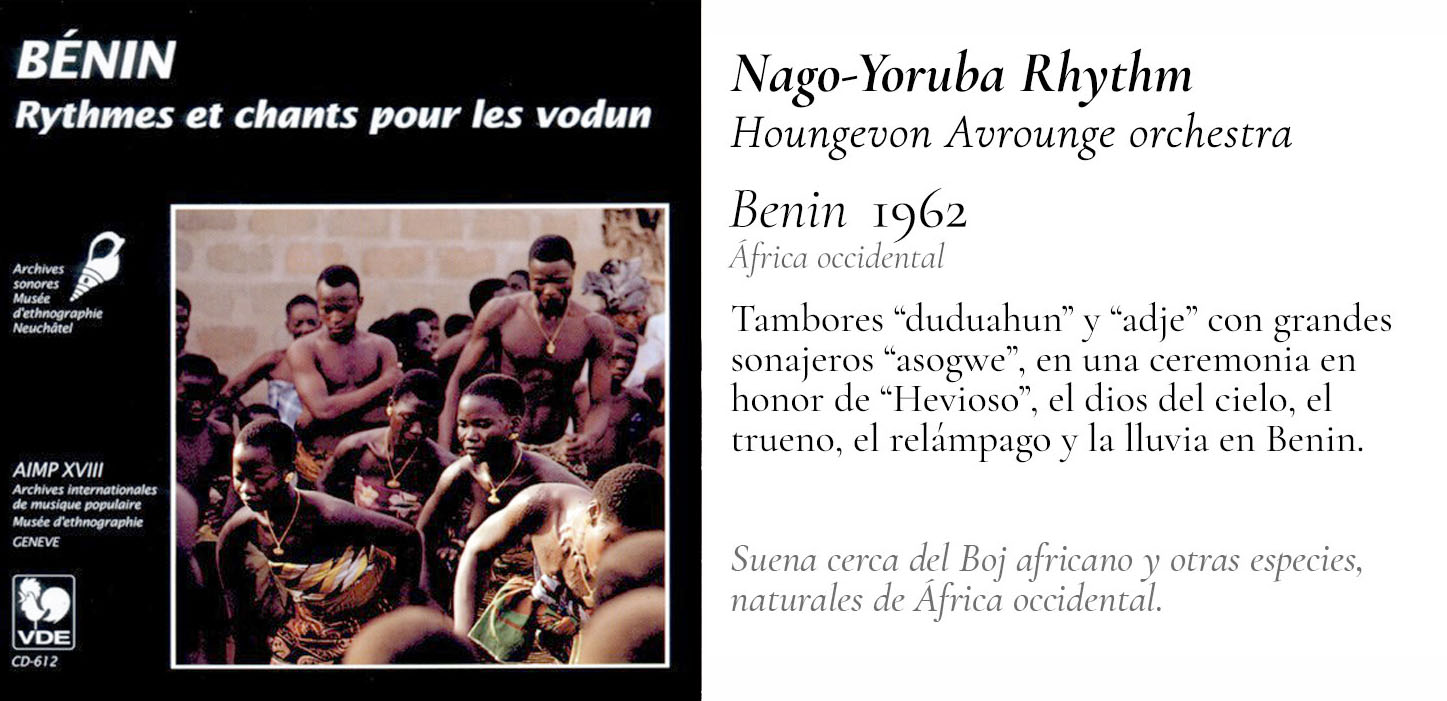
24. flutes kuluta-i
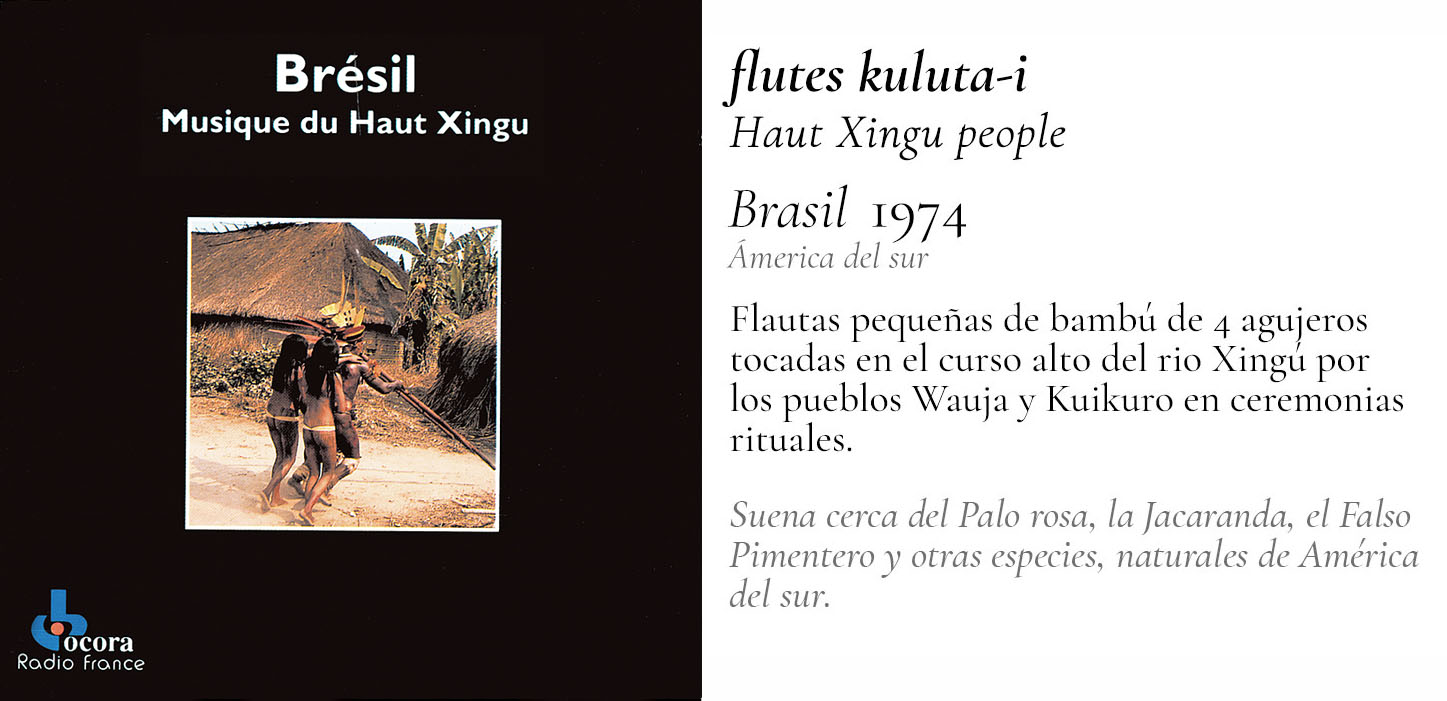
25. Trompeta de caracol CHULBIÍ-JUÚB
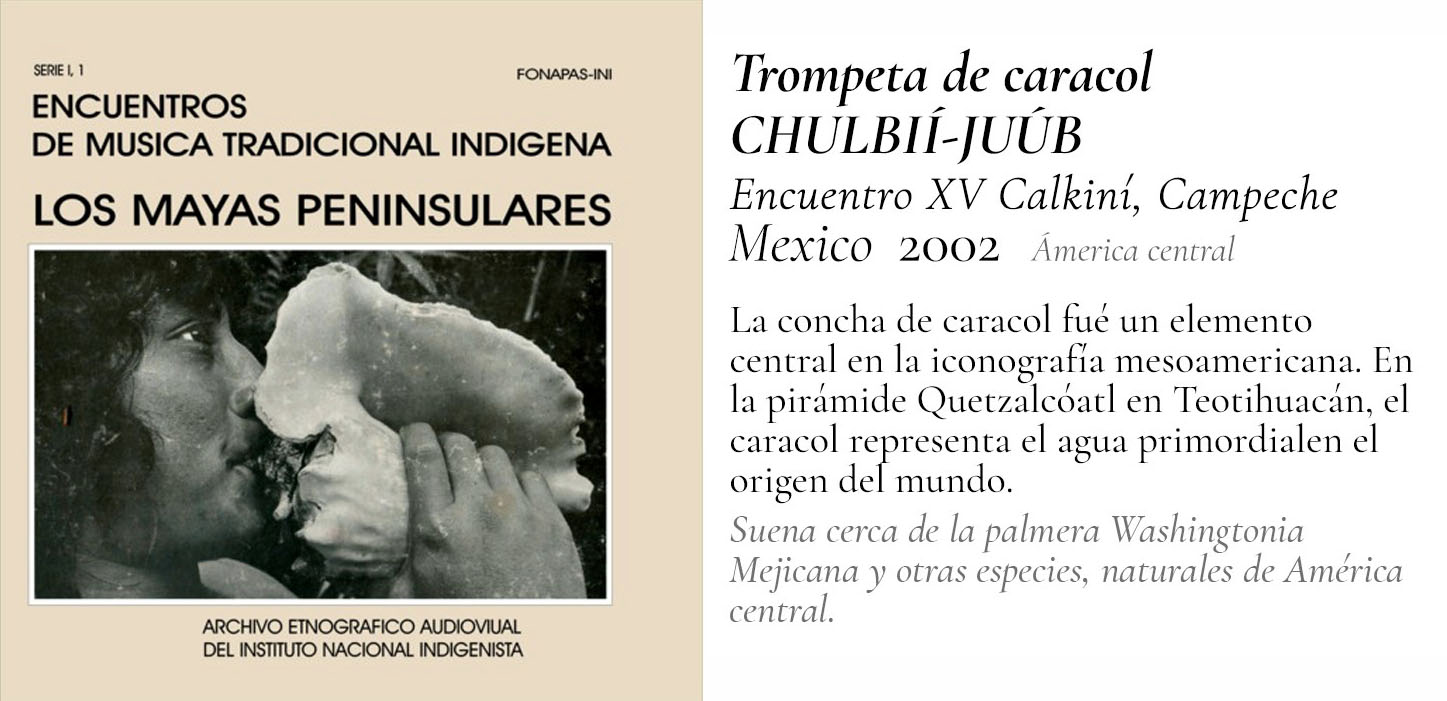
26. Xochipitzahuak ka Noyoltlaso
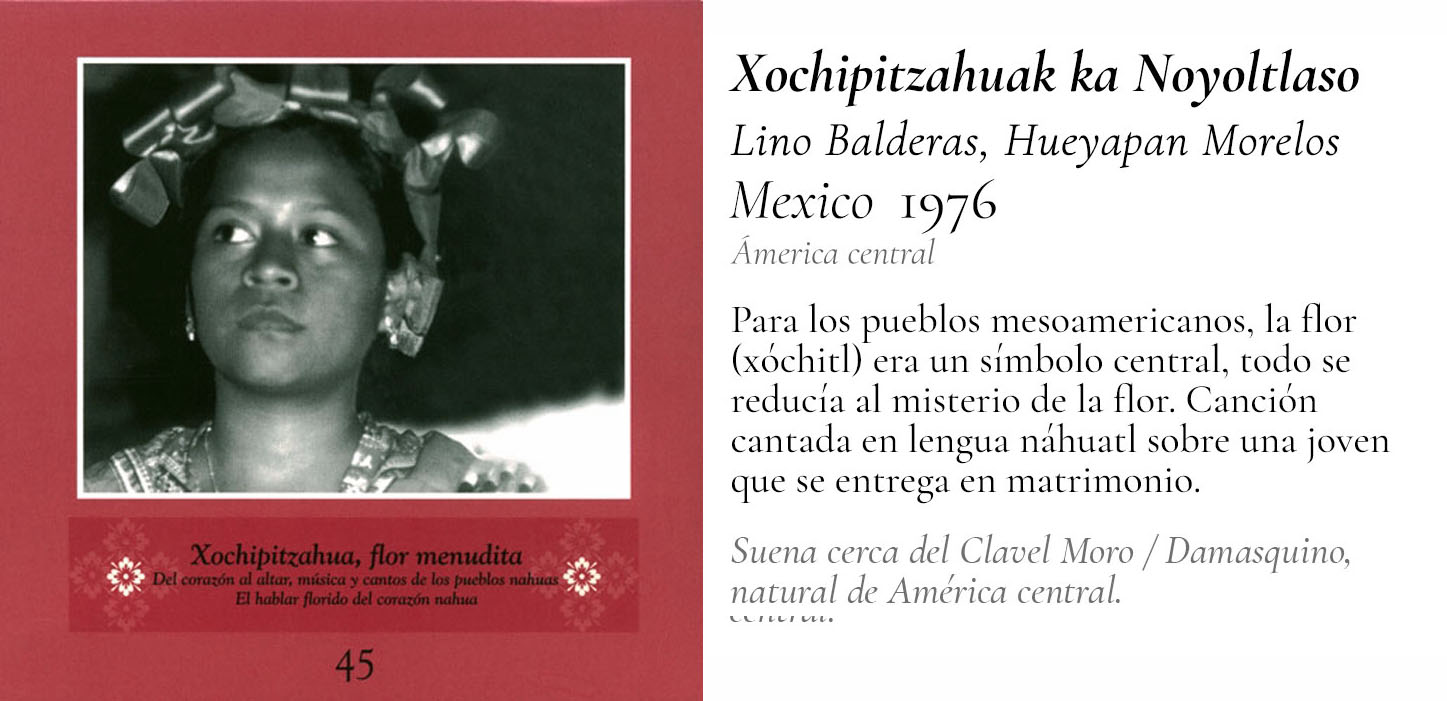
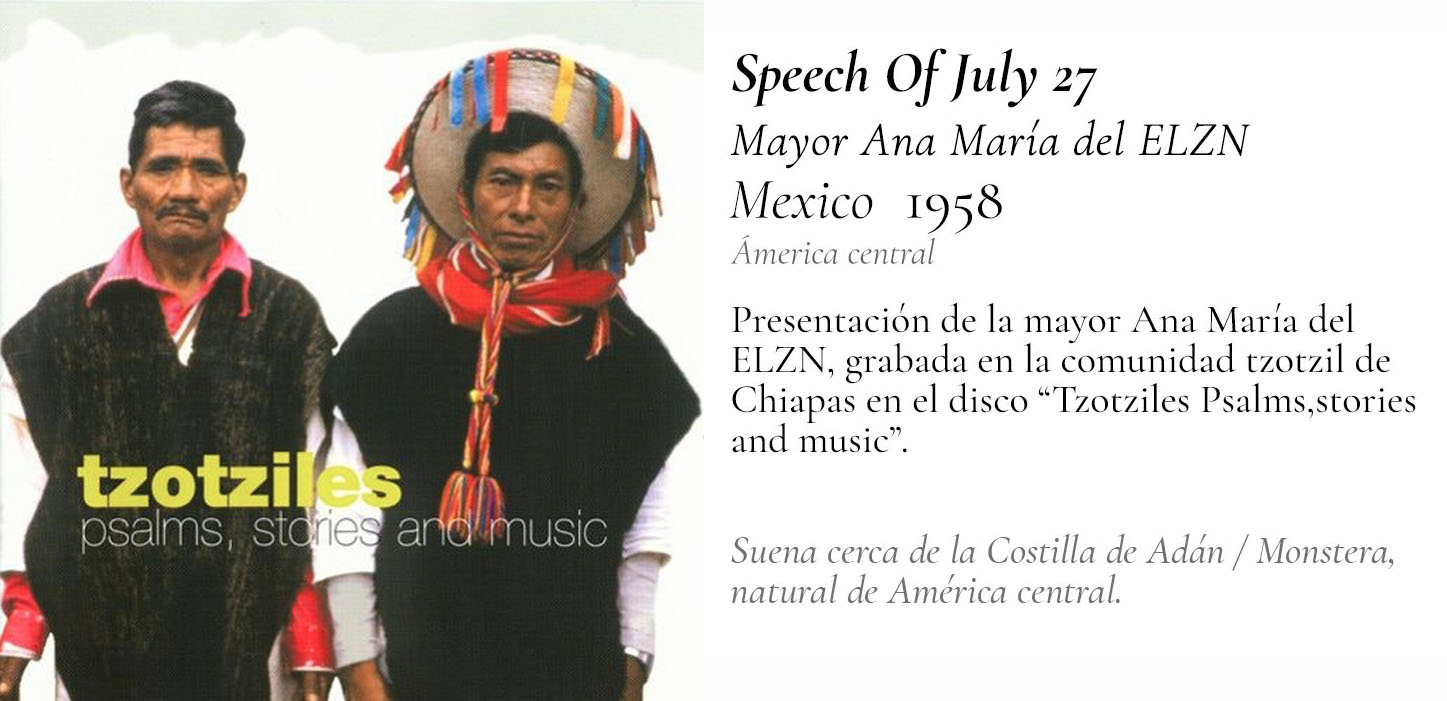
28. Los tres juanes

29. I Cried
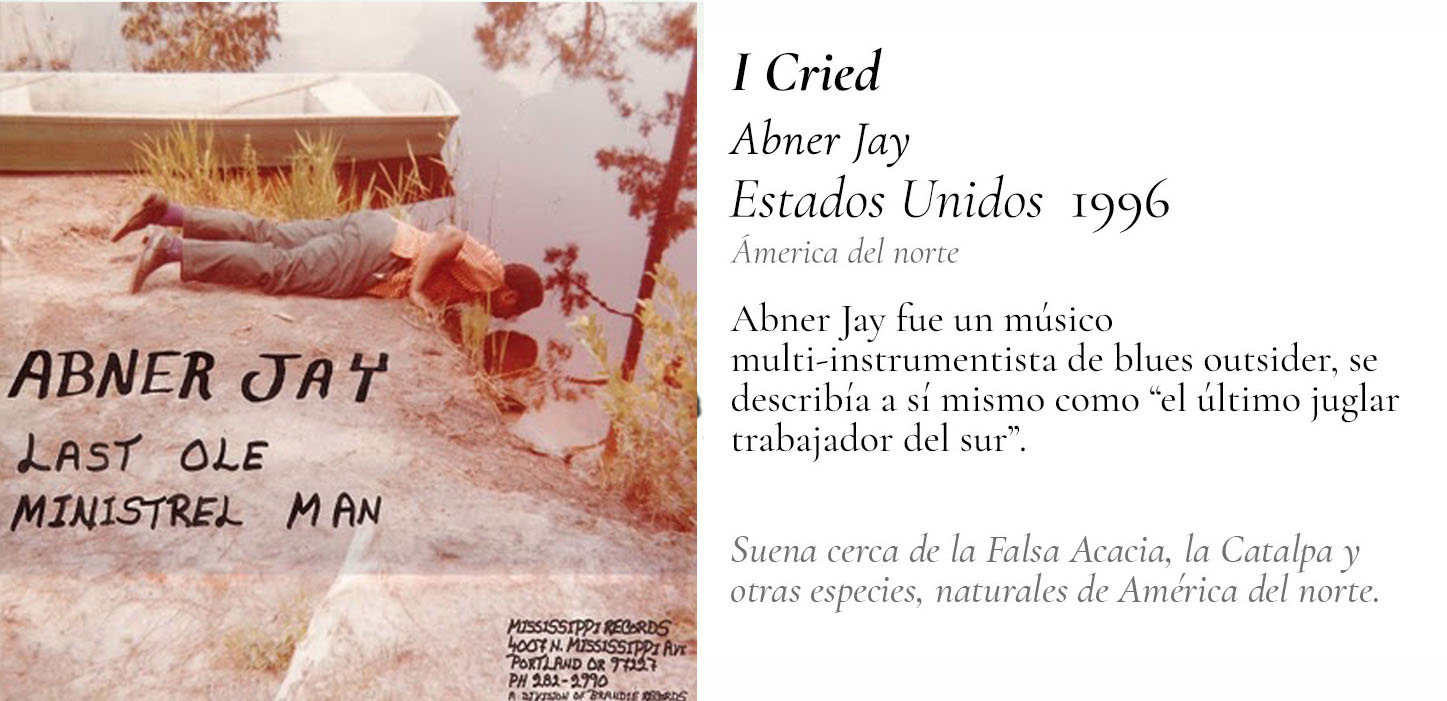
30. Jimmy Randal
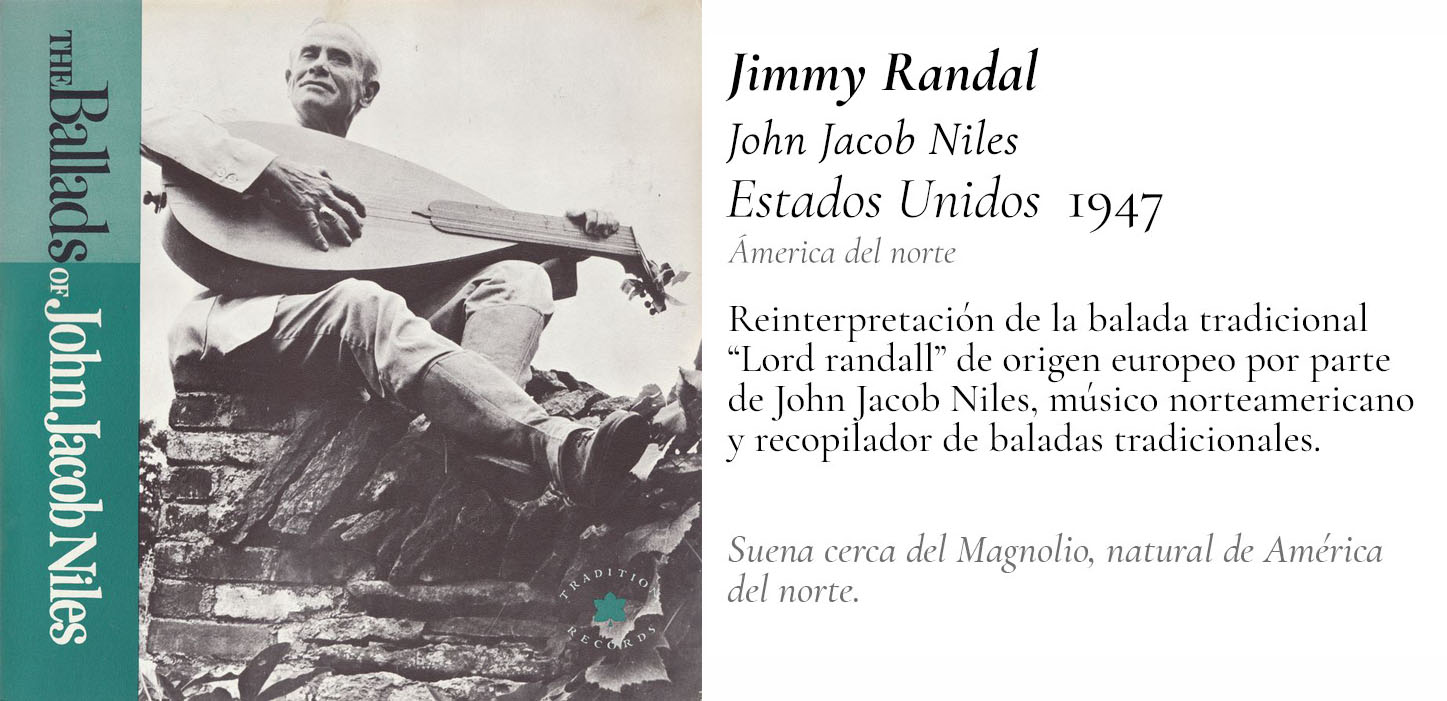
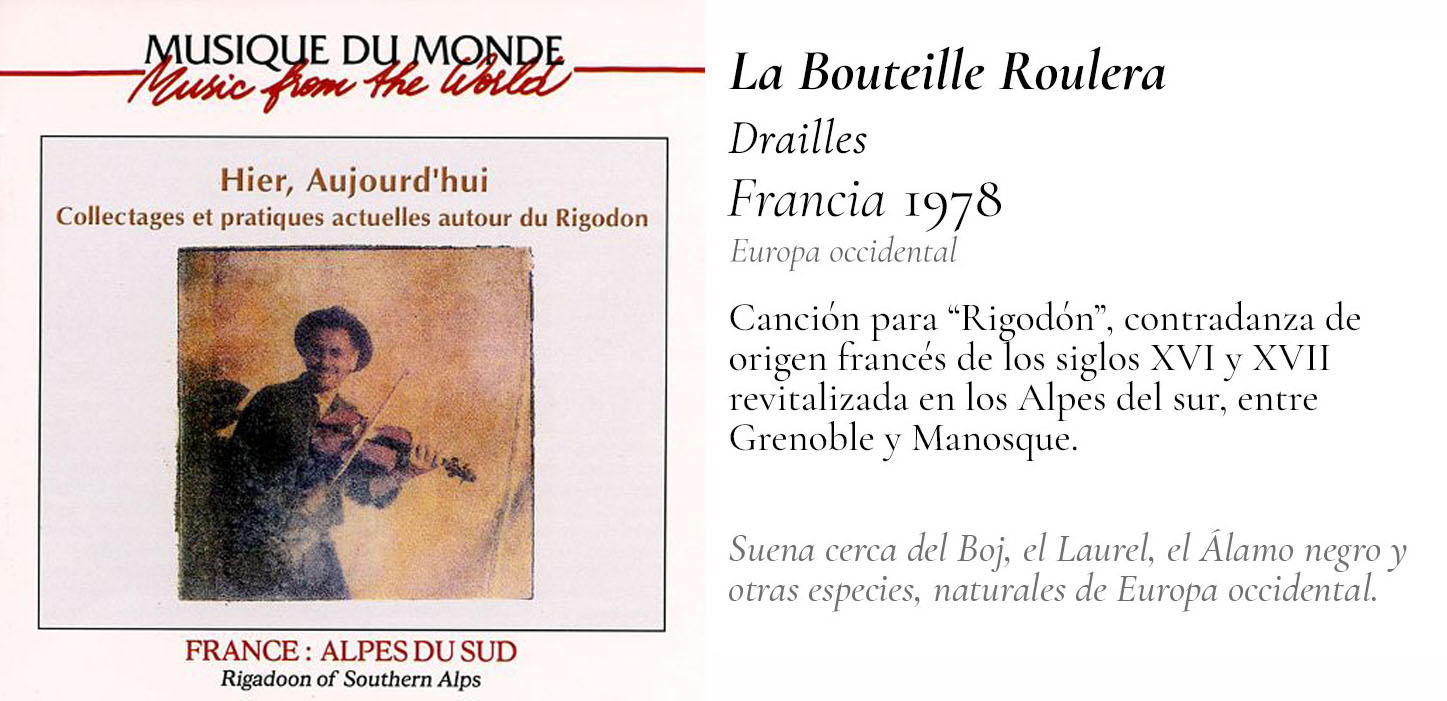
32. Dor, Doritule
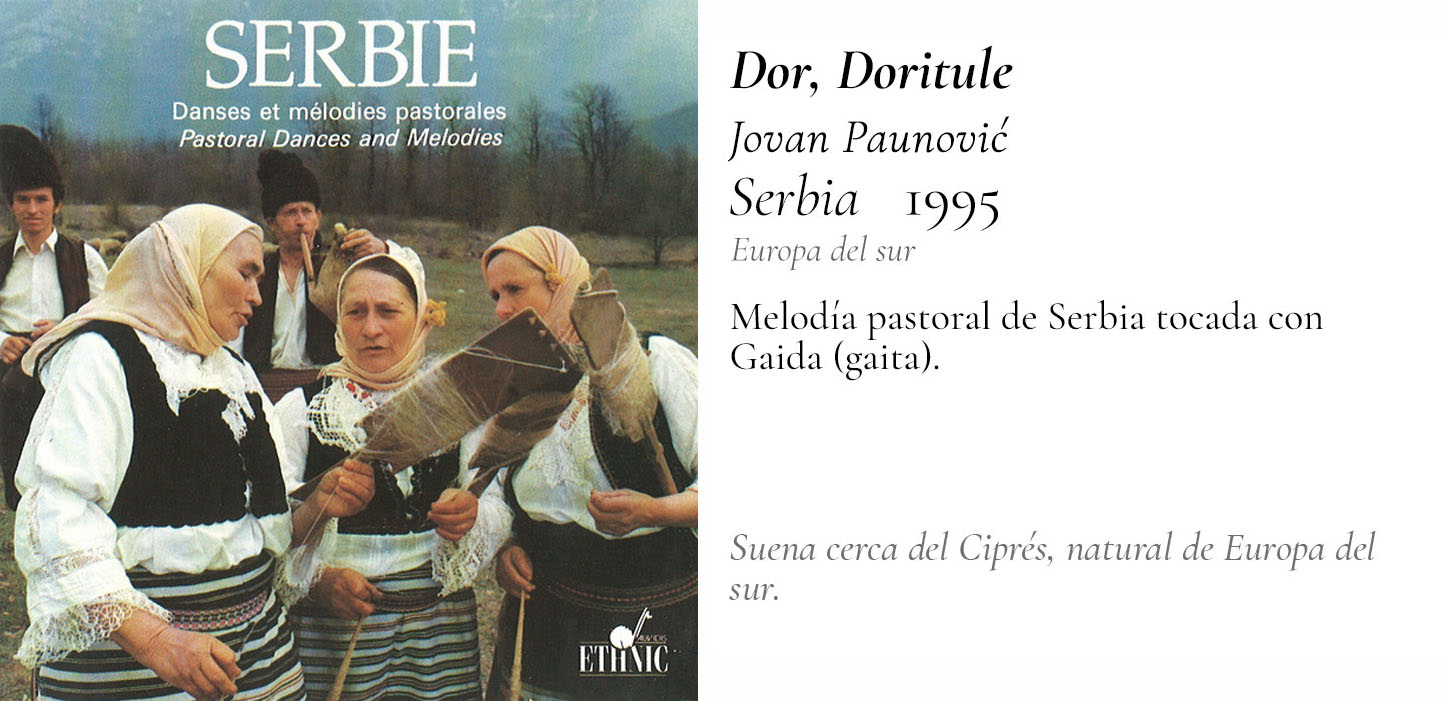
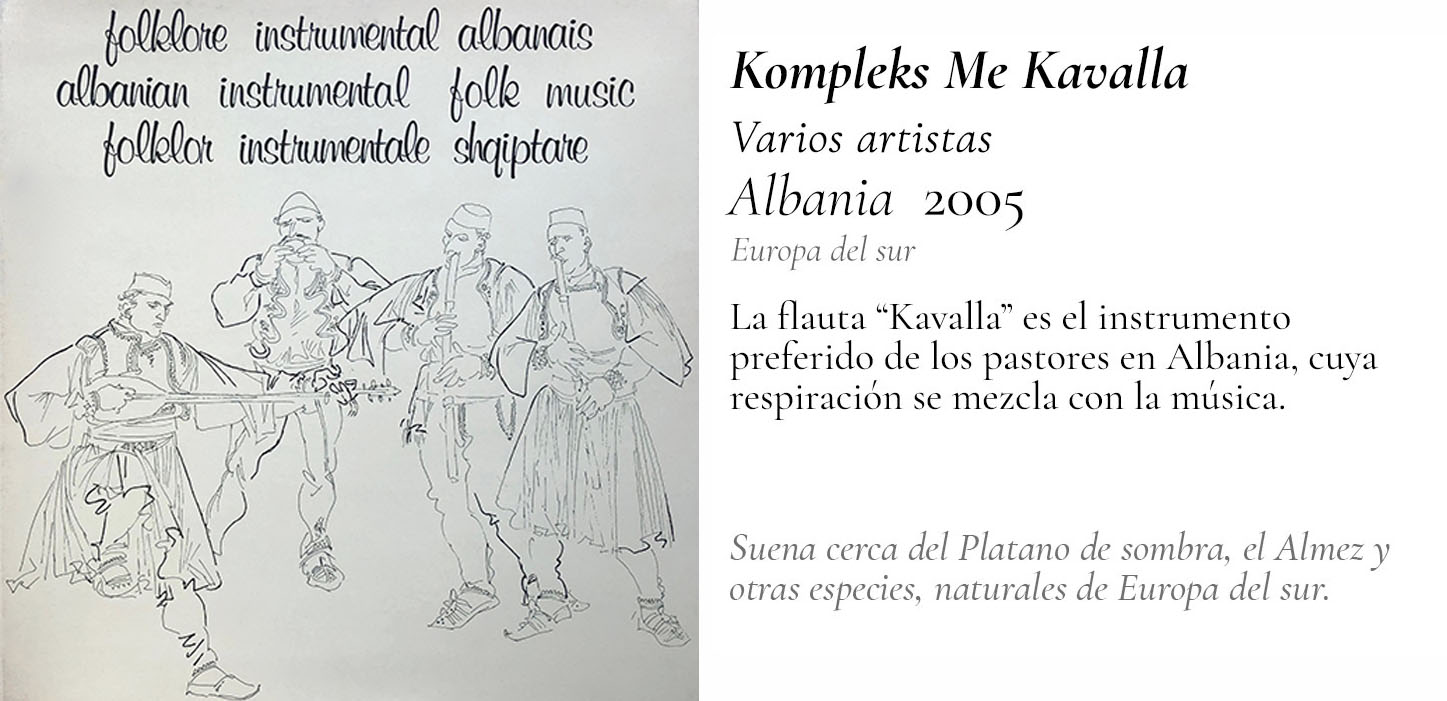
34. Baglamas
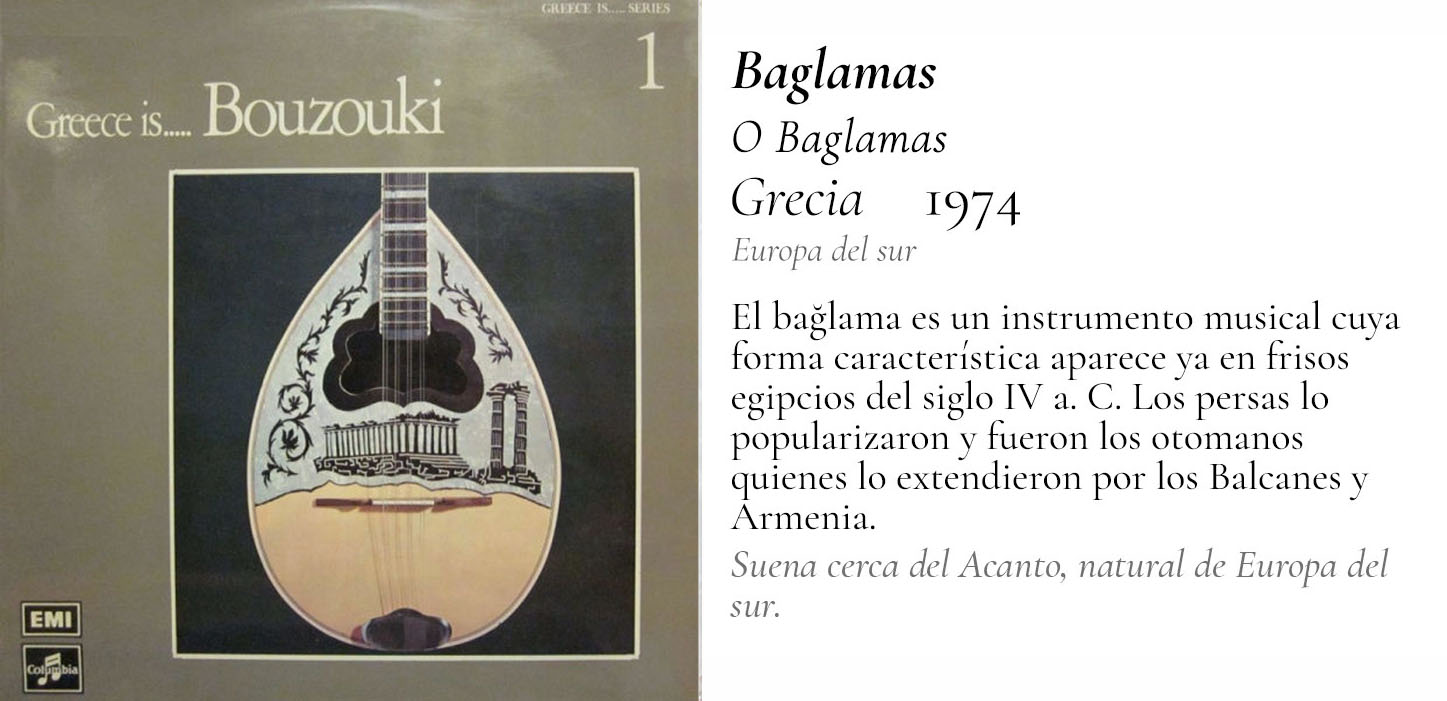
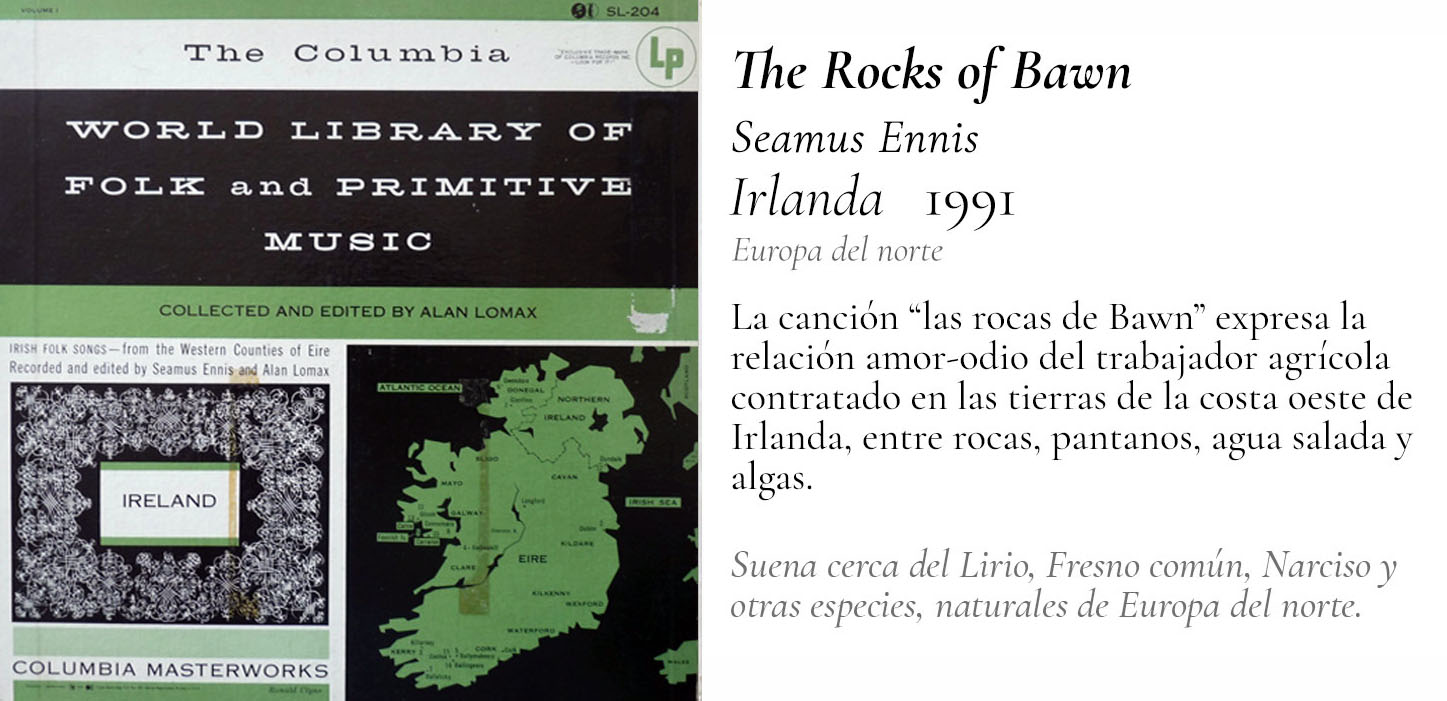
36. Balada Gosnei
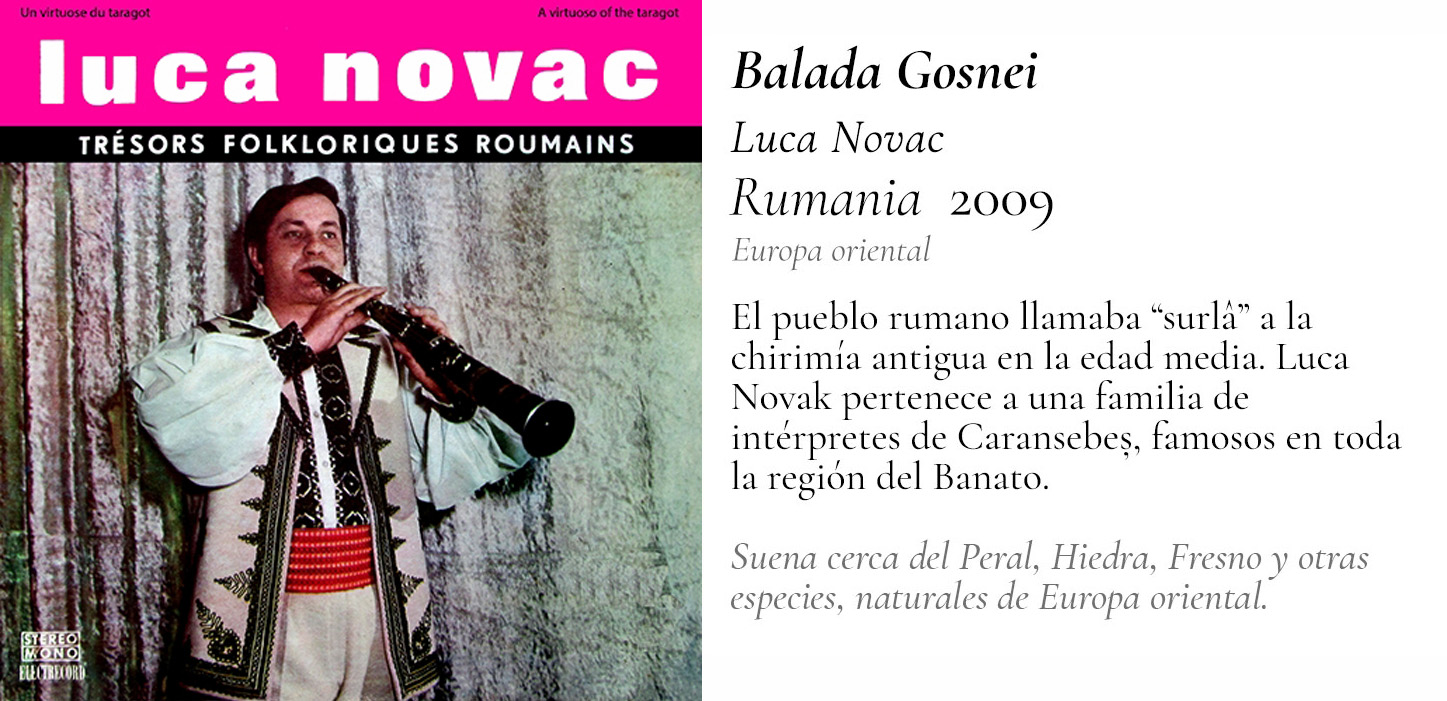
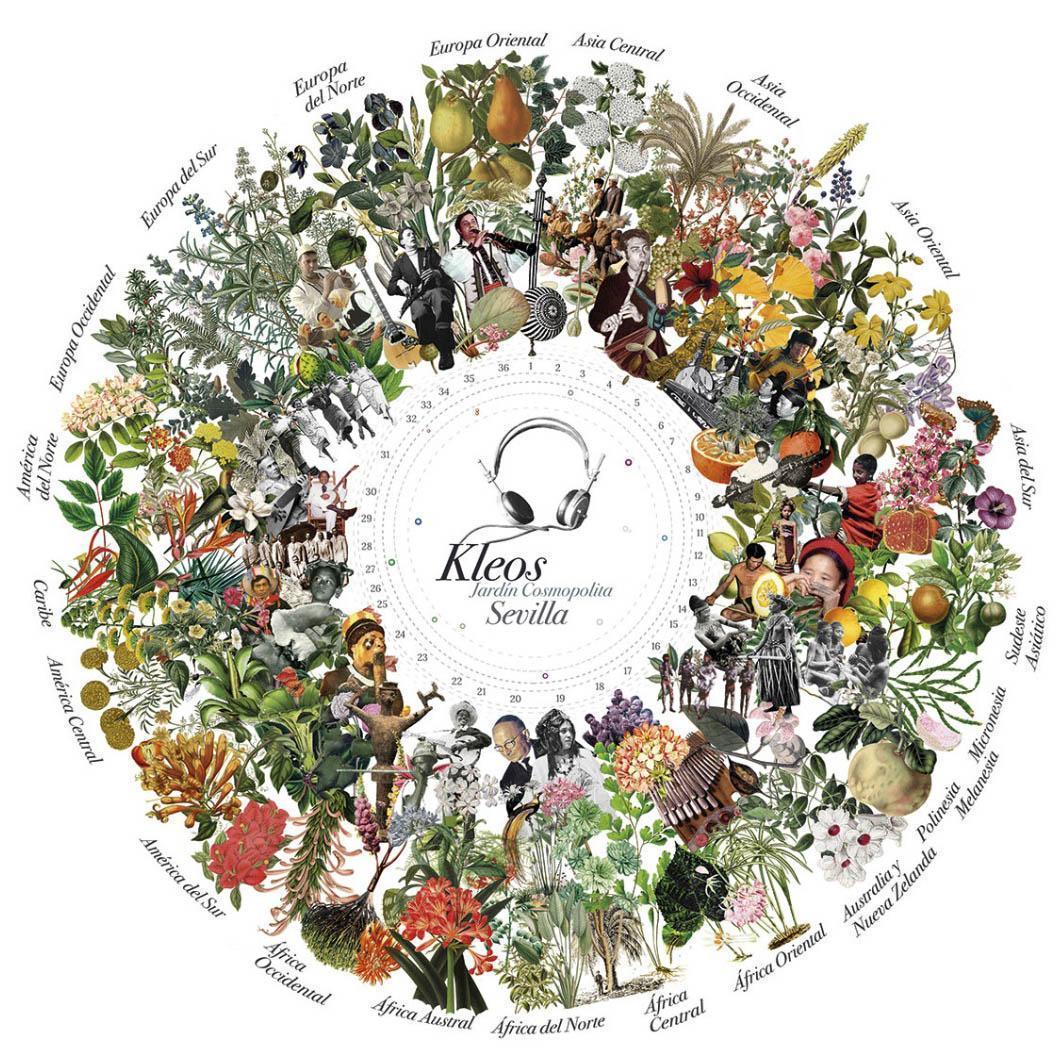
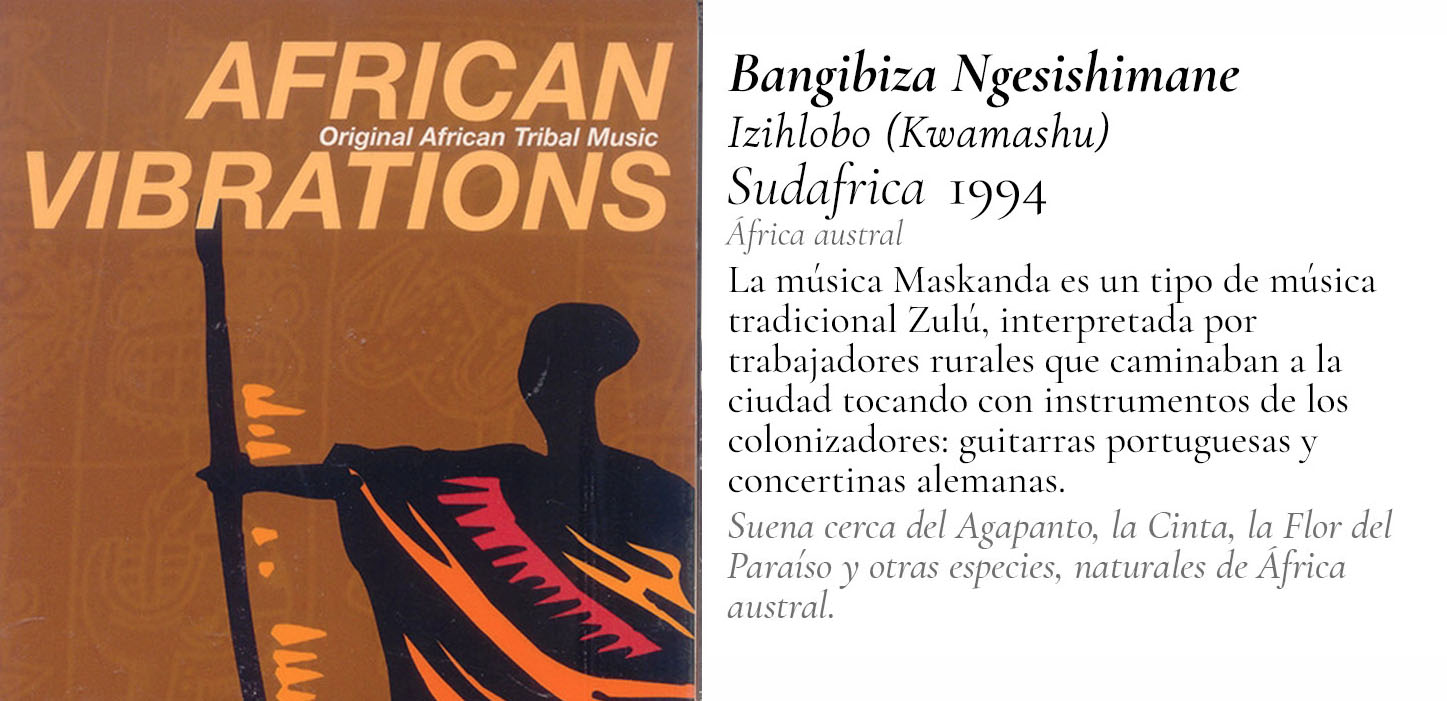
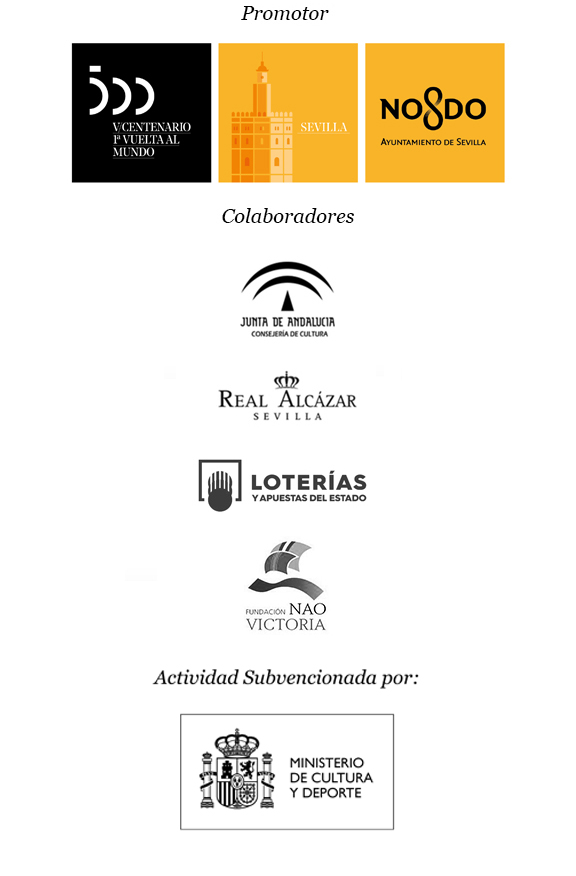 Powered by
Powered by